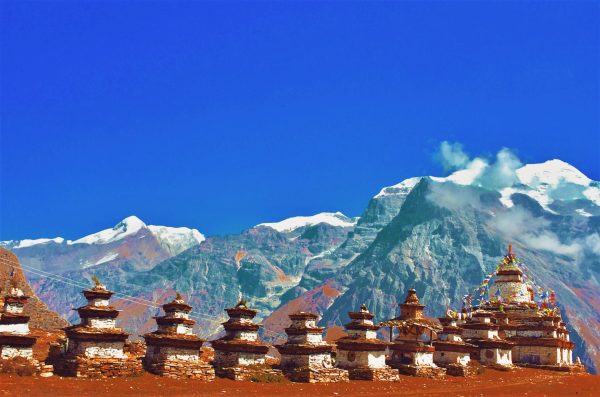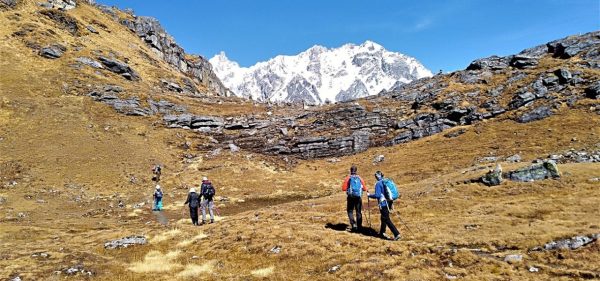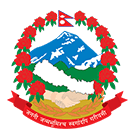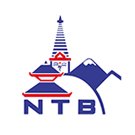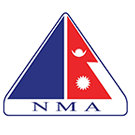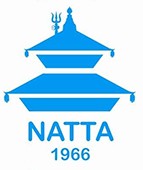Trip Facts
Trip Highlights
- Max altitude : (4,200 m/13,779ft)
- It is a new, isolated trail with very few trekkers trekking
- Suitably designed itinerary for acclimatization
- Accommodation in the best-selected lodges and tea houses along the trail and in Kathmandu
- Amazing views of Mardi Himal, Annapurna Range, and Fishtail
- Traditional villages inhabited by Gurung, Thakali, Tamang, etc
- The fauna found in the region- pika, blue sheep, and Himalayan Tahr.
- The trail wanders through lush valleys, alpine pasture, lichen-laden dense forests, several streams, and waterfalls
- Best view of sunrise and sunset
- Picturesque Gurung villages, experiencing with local lifestyle and culture of Gurung ethnic communities
Trip Overview
The Mardi Himal Trek is an ideal choice for trekkers who are looking for less-traveled routes in Annapurna Region.
Lying east of one of the classical Annapurna Base Camp, the Mardi Himal trek is a short trek that takes you to the Mardi Himal Base Camp marvellously situated at the base of Mardi Himal and Machhapuchhre (Fishtail Mountain).
In 2012, the government officially opened the trail, as before the trek was only accessible as a camping trek. Since the area started operating commercially for trekking activities, the local people established teahouses and homestays throughout the entire trail. For centuries, these highlands were meadows and homeland to yaks, buffaloes, and sheep. This trekking is a spectacular and less crowded alternative to the Annapurna Base Camp Trekking.
The trek presents the fascinating features of diverse landscape and scenery that makes this trek popular among trekkers seeking new and less-trodden trails in Nepal. T The trail passes from lush lowland to the alpine valley in just a few days, which is a unique feature of this trek. The trek starts with a short drive from Pokhara. On reaching the upper viewpoint, you catch glimpses of the Mardi Himal. The breathtaking views of the dramatic Mardi Himal, Machhapuchre, Hiuchuli, and Annapurna South are another highlight of this trek. Besides the exotic natural scenery, this trek allows you to experience diverse cultures and discover the authentic countryside of Nepal.
This is a sample itinerary, and we can customise the program as per your needs and preferences.
Note: below trekking hours, altitudes and distances are approximate, and absolutely for general ideas only.

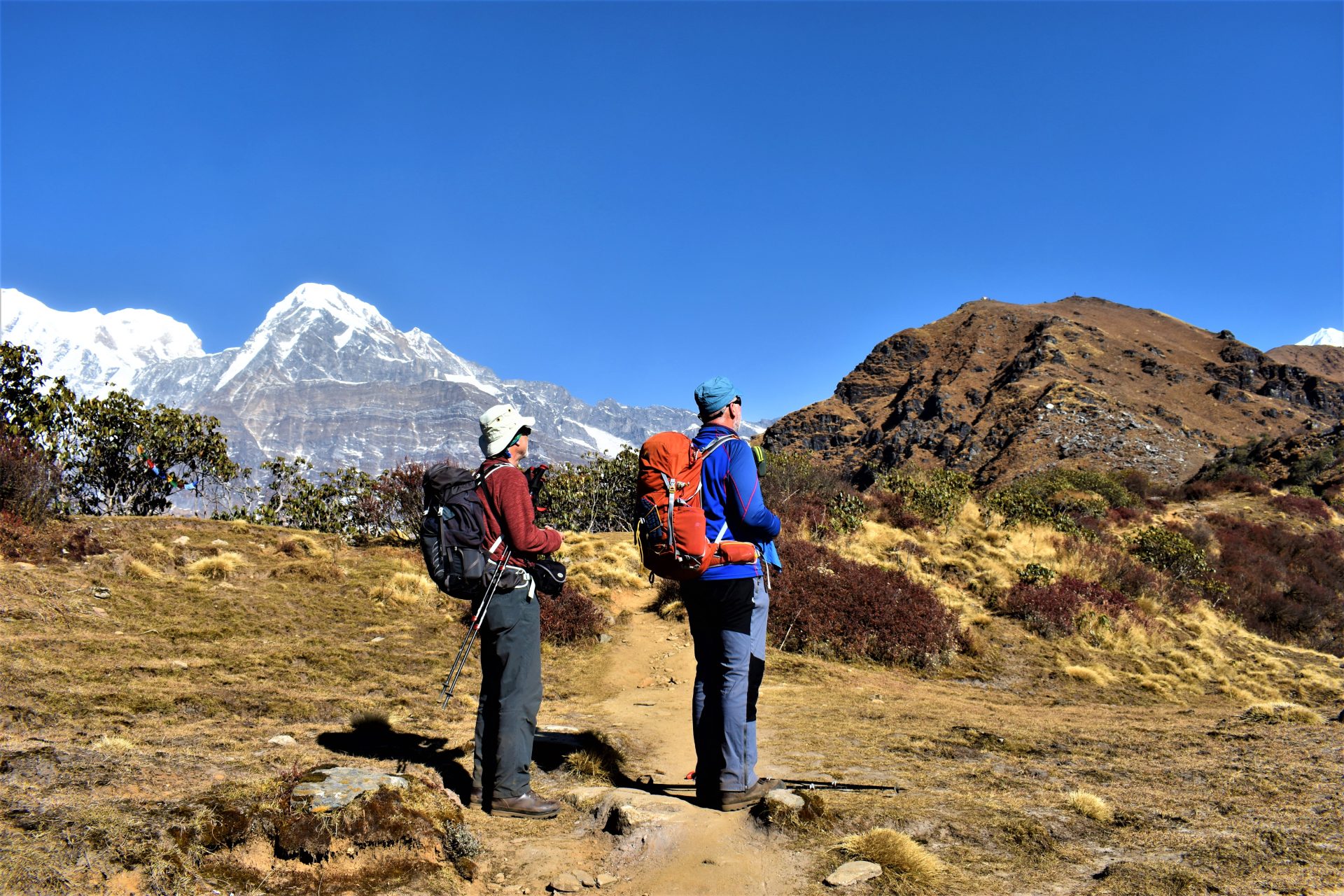
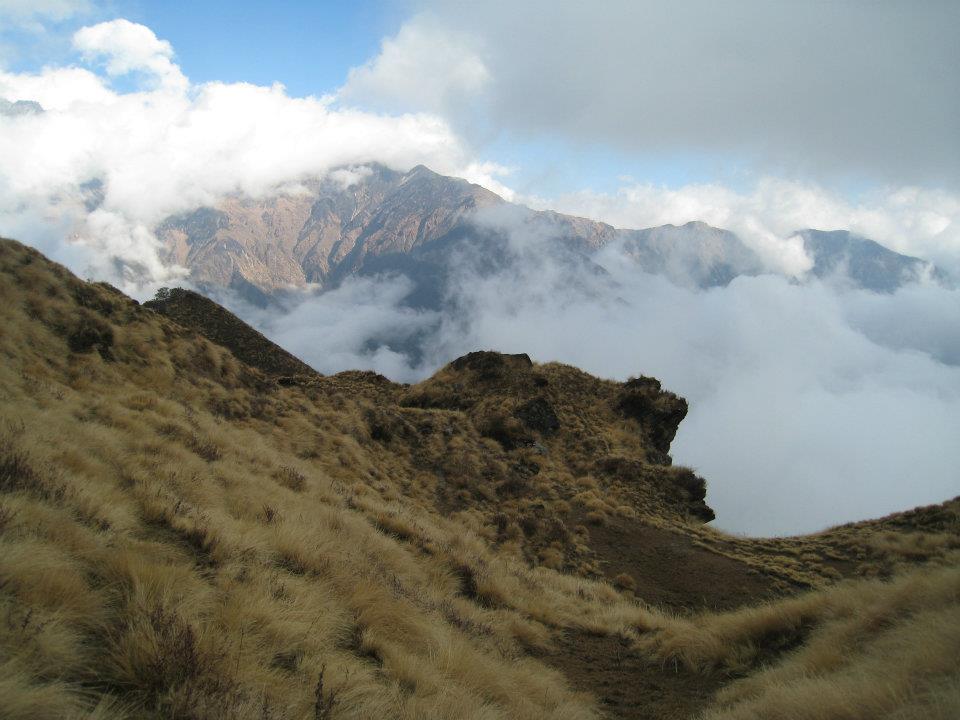
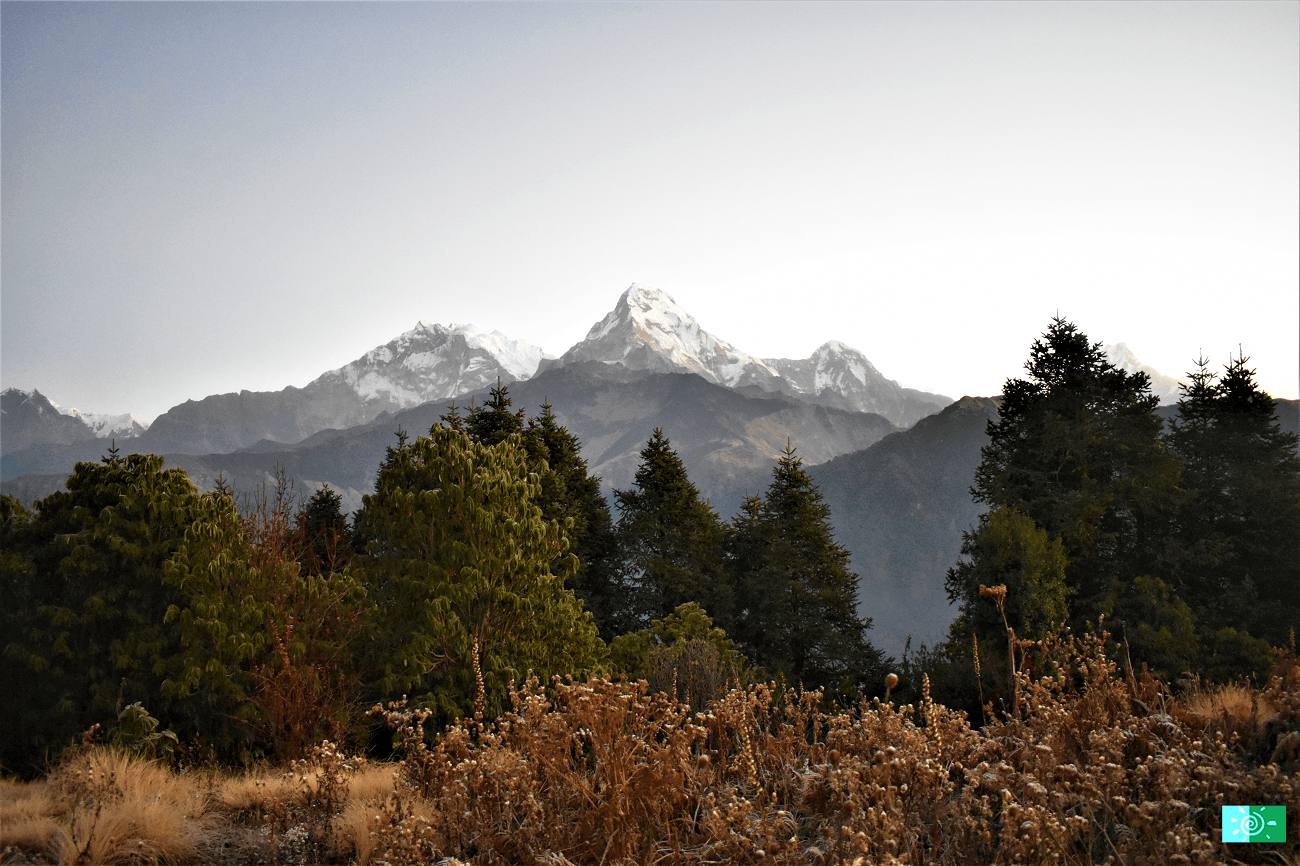
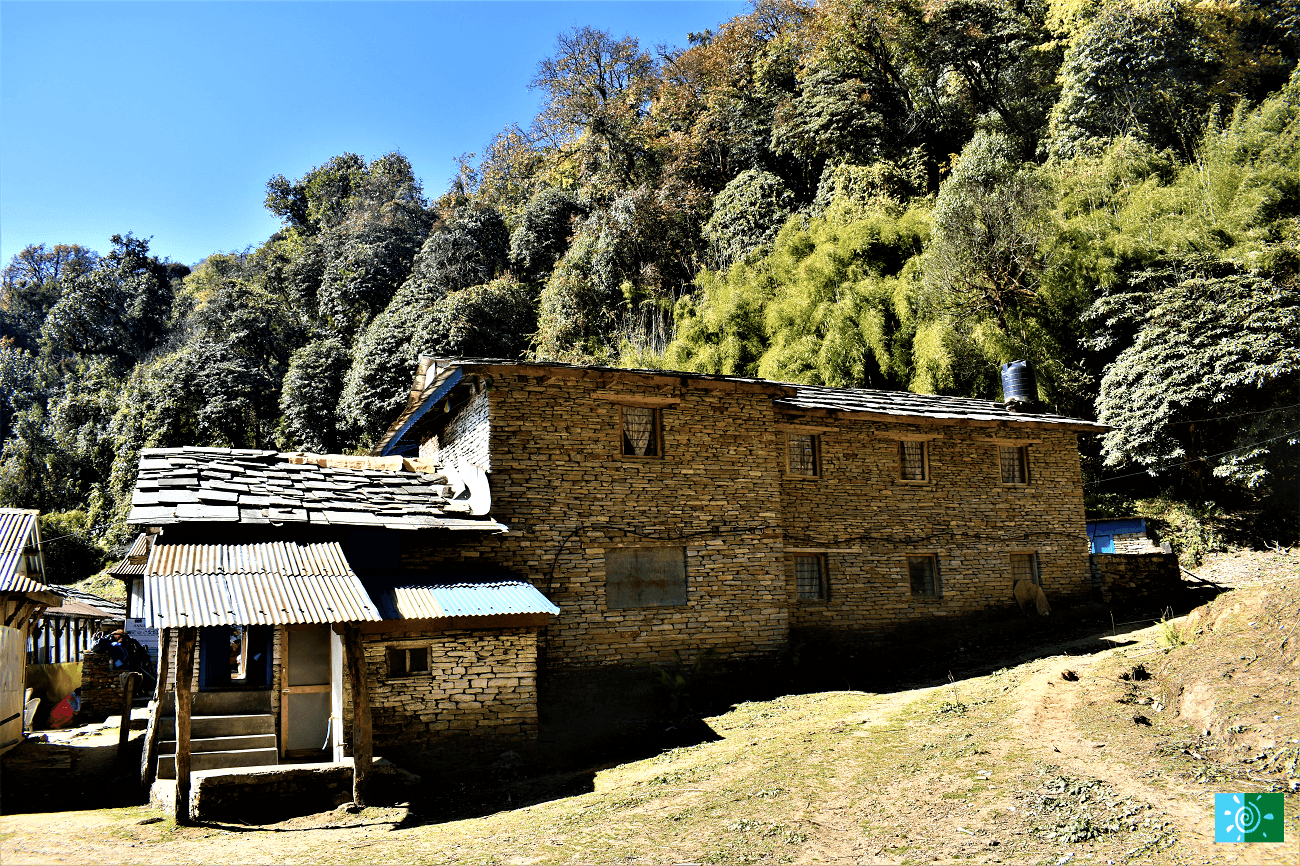
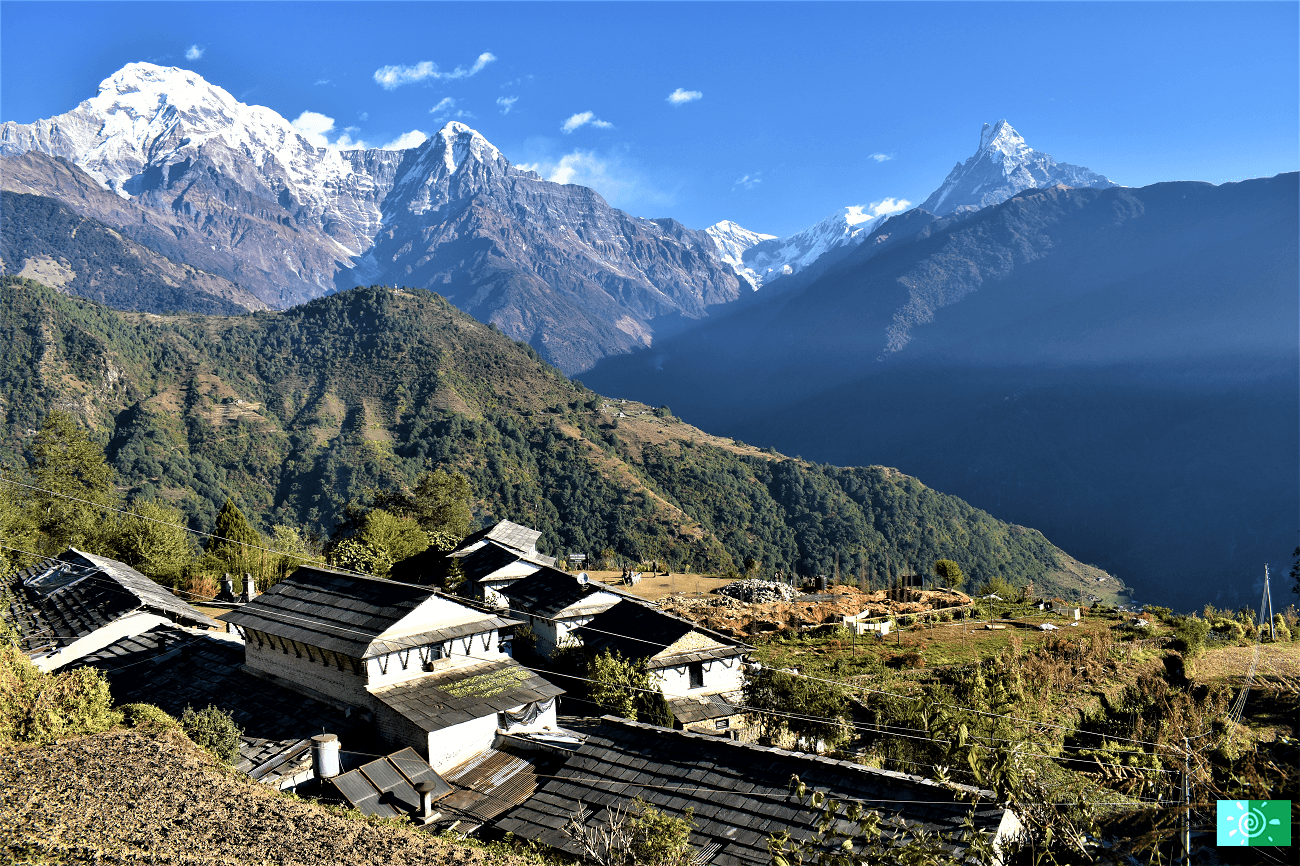
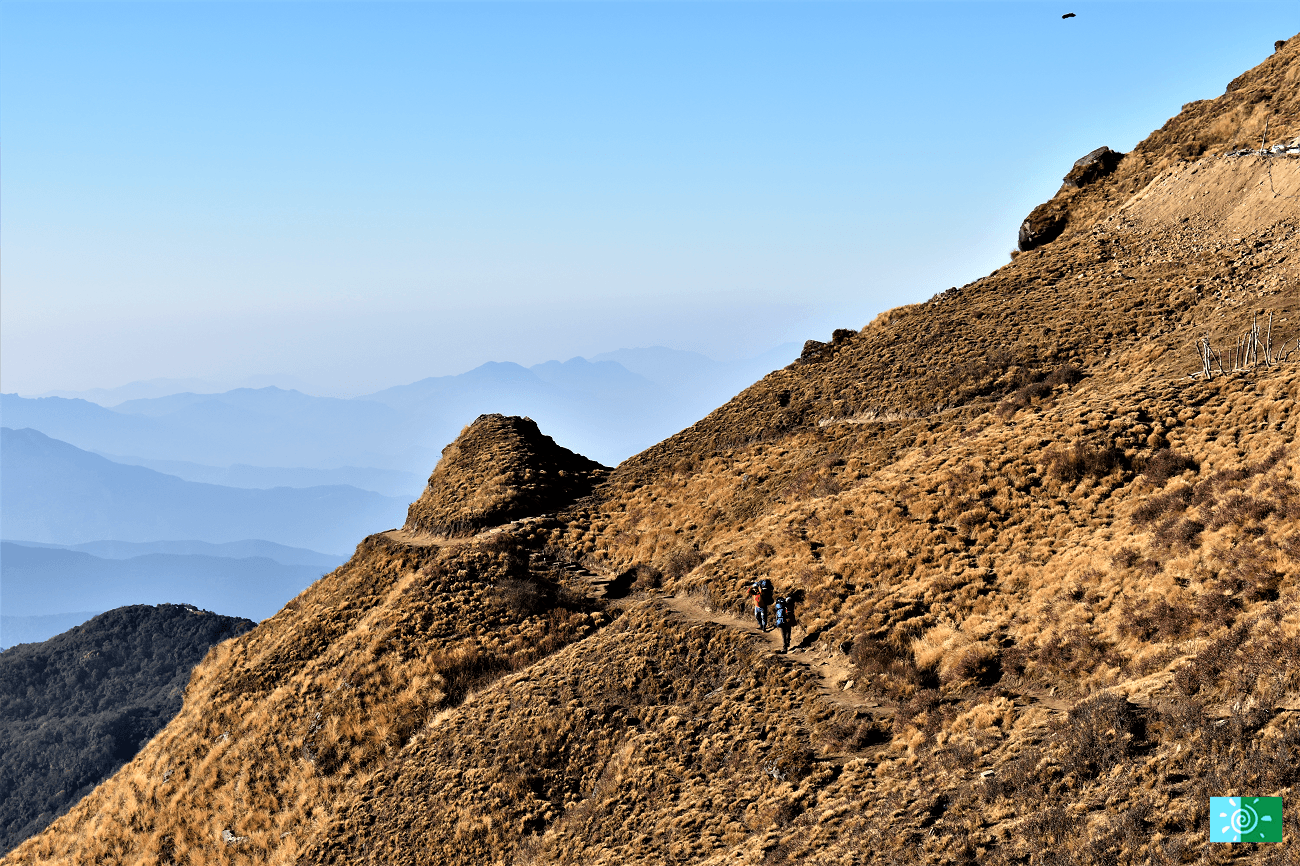
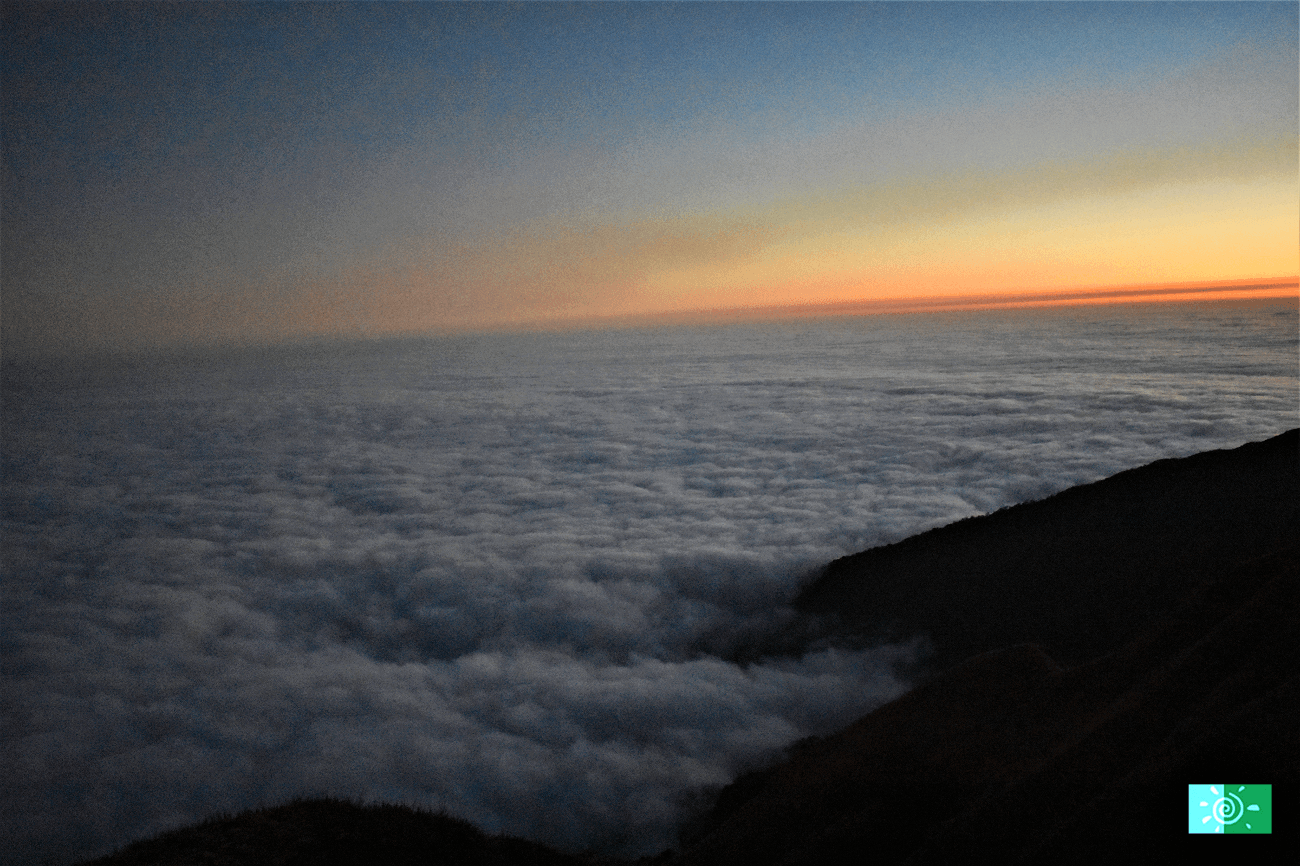
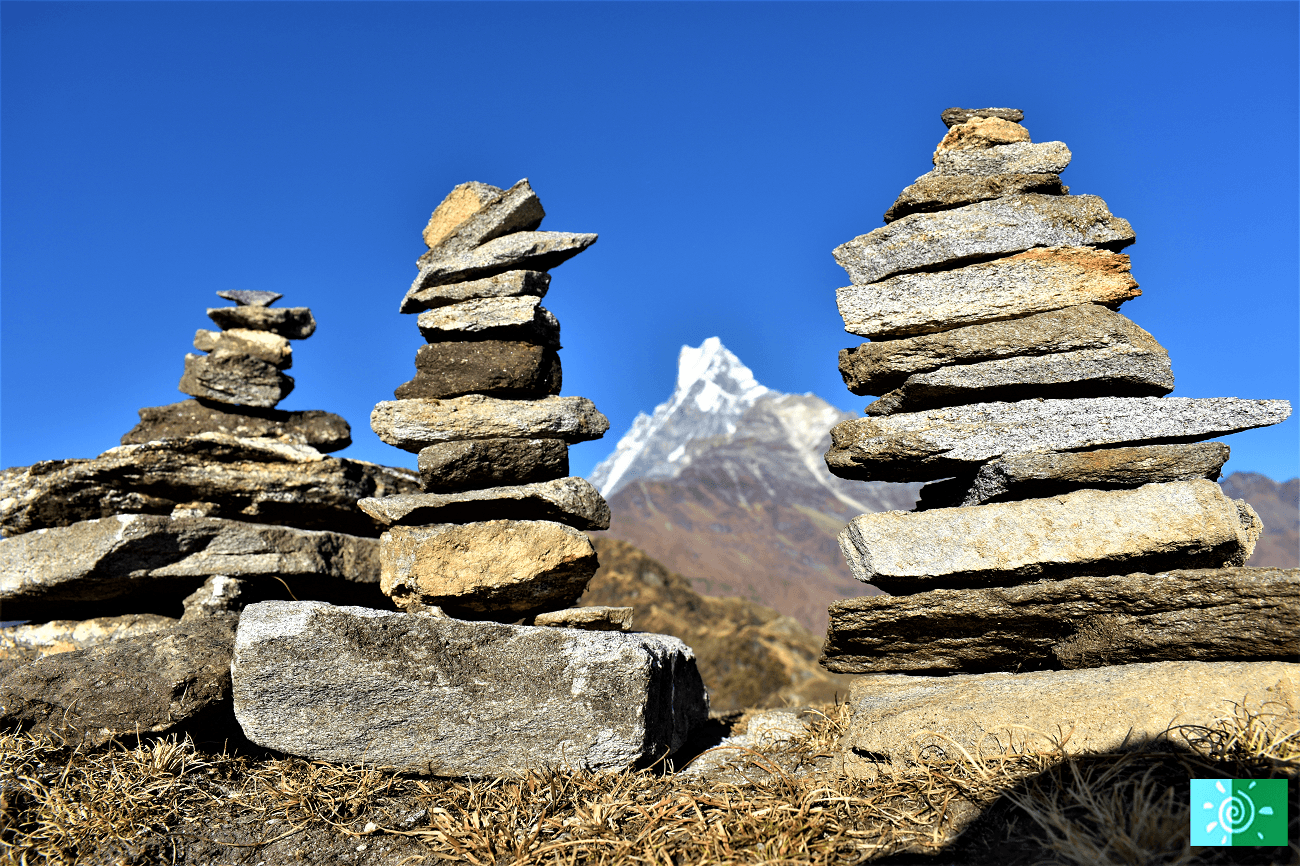
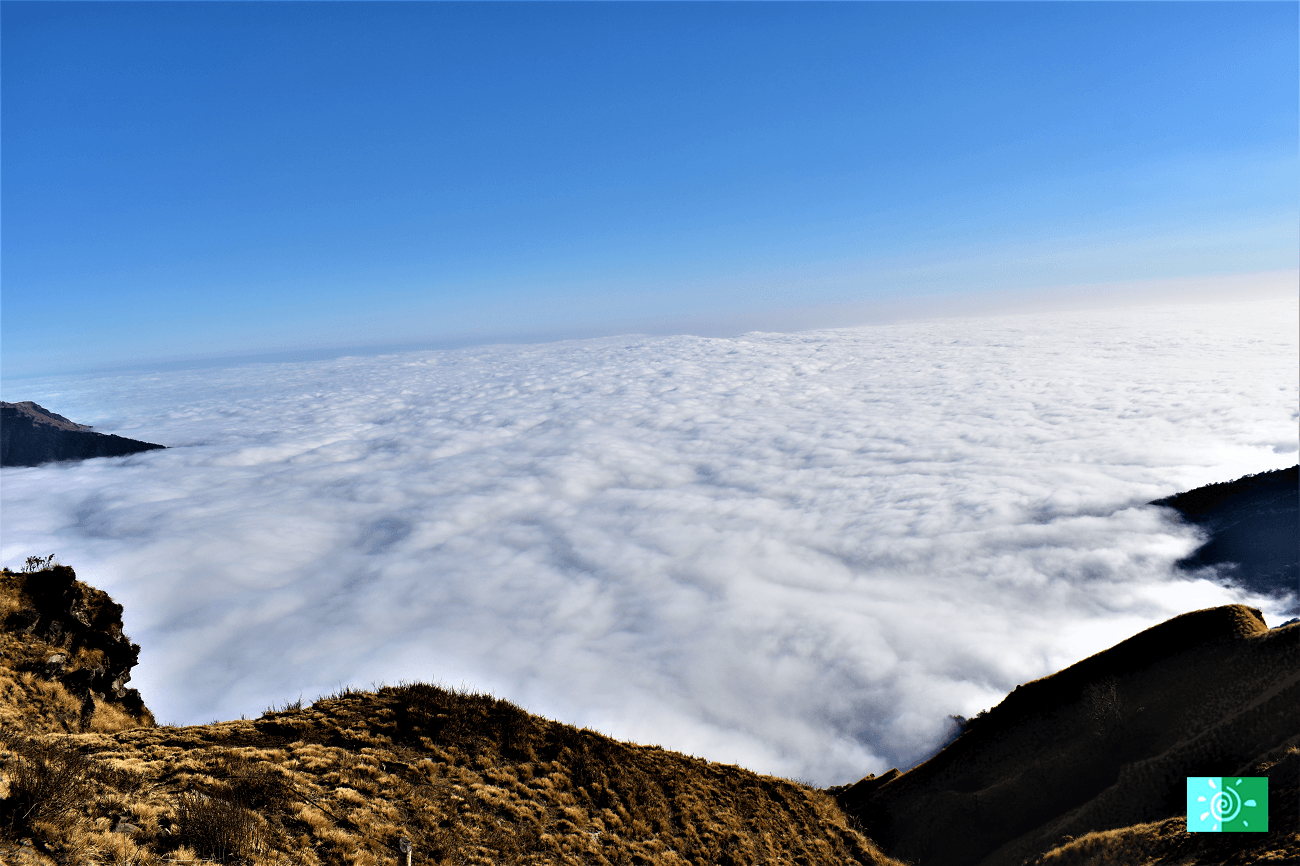
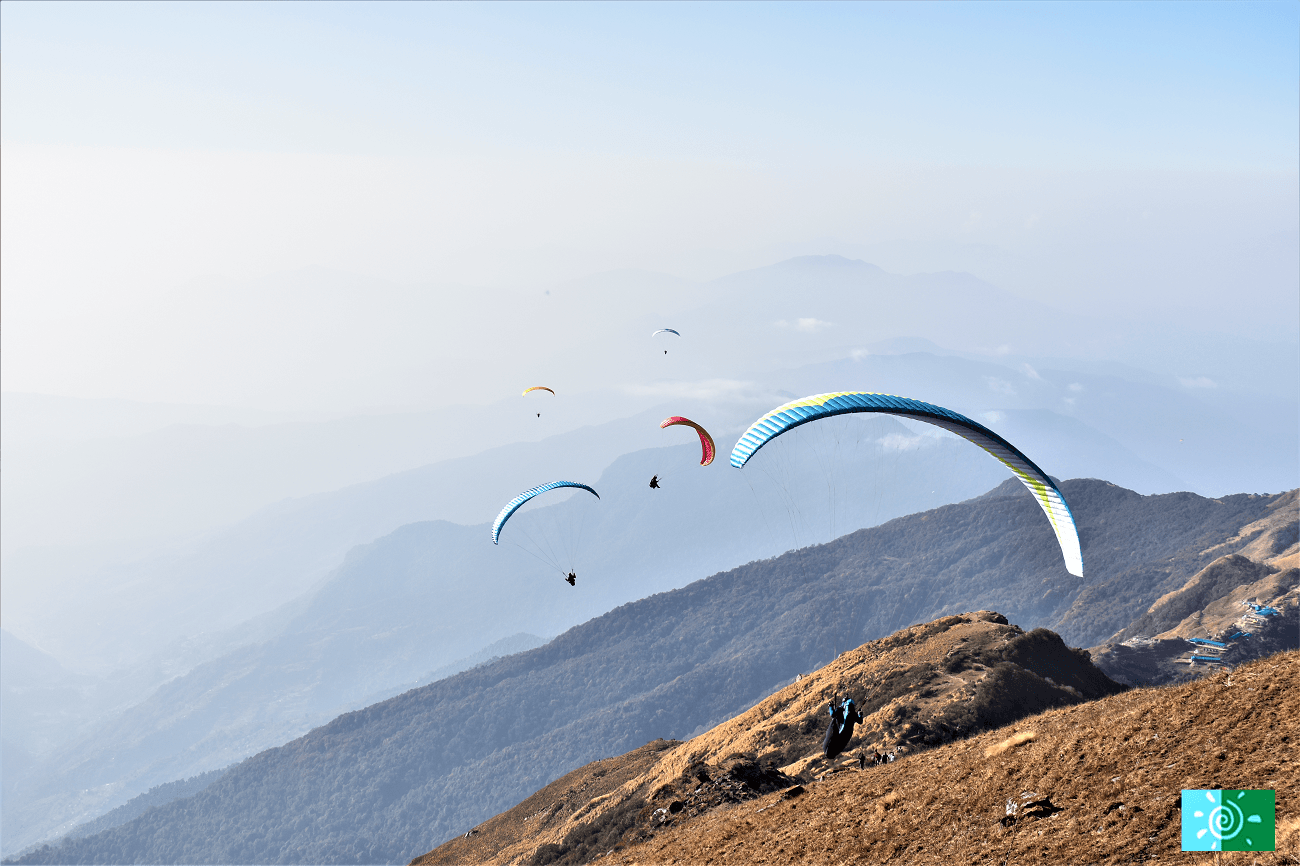
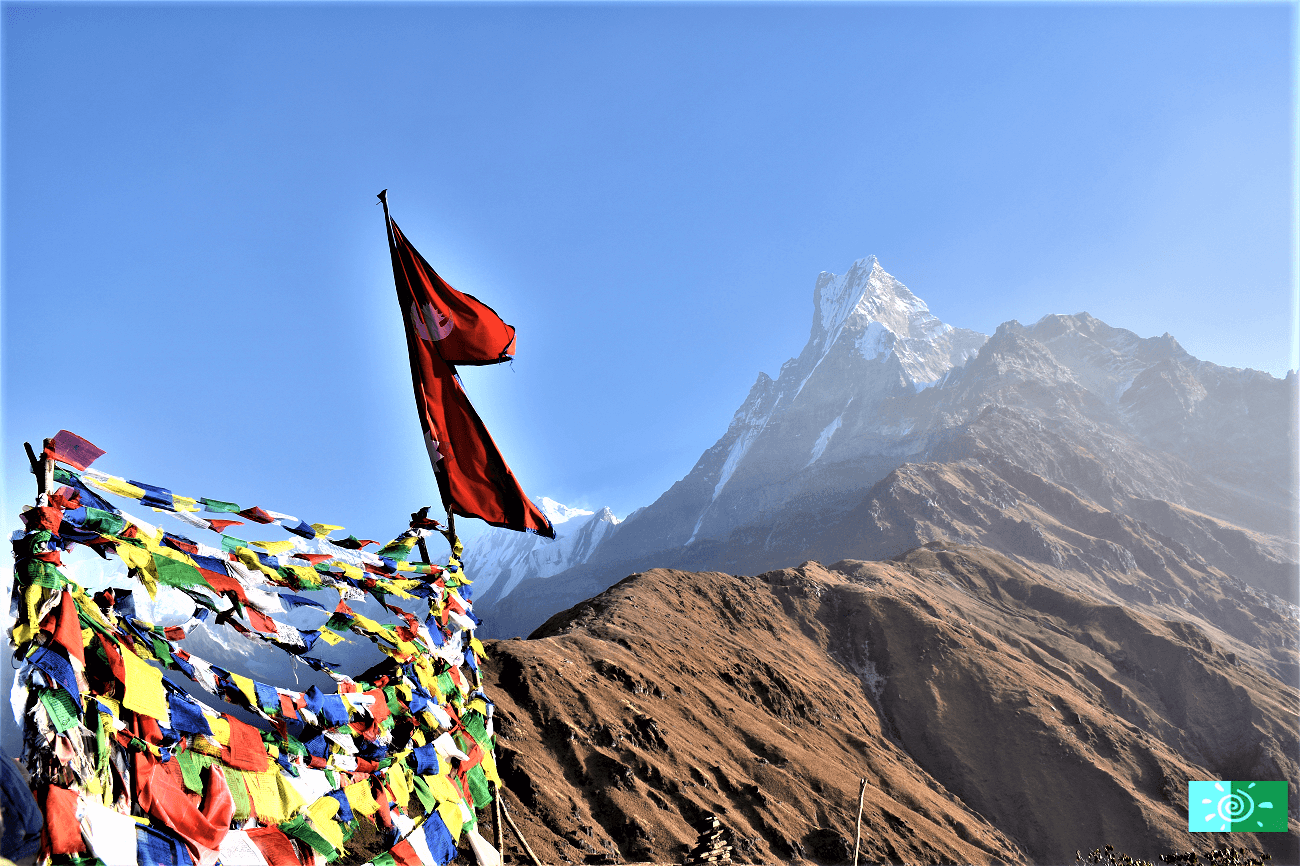
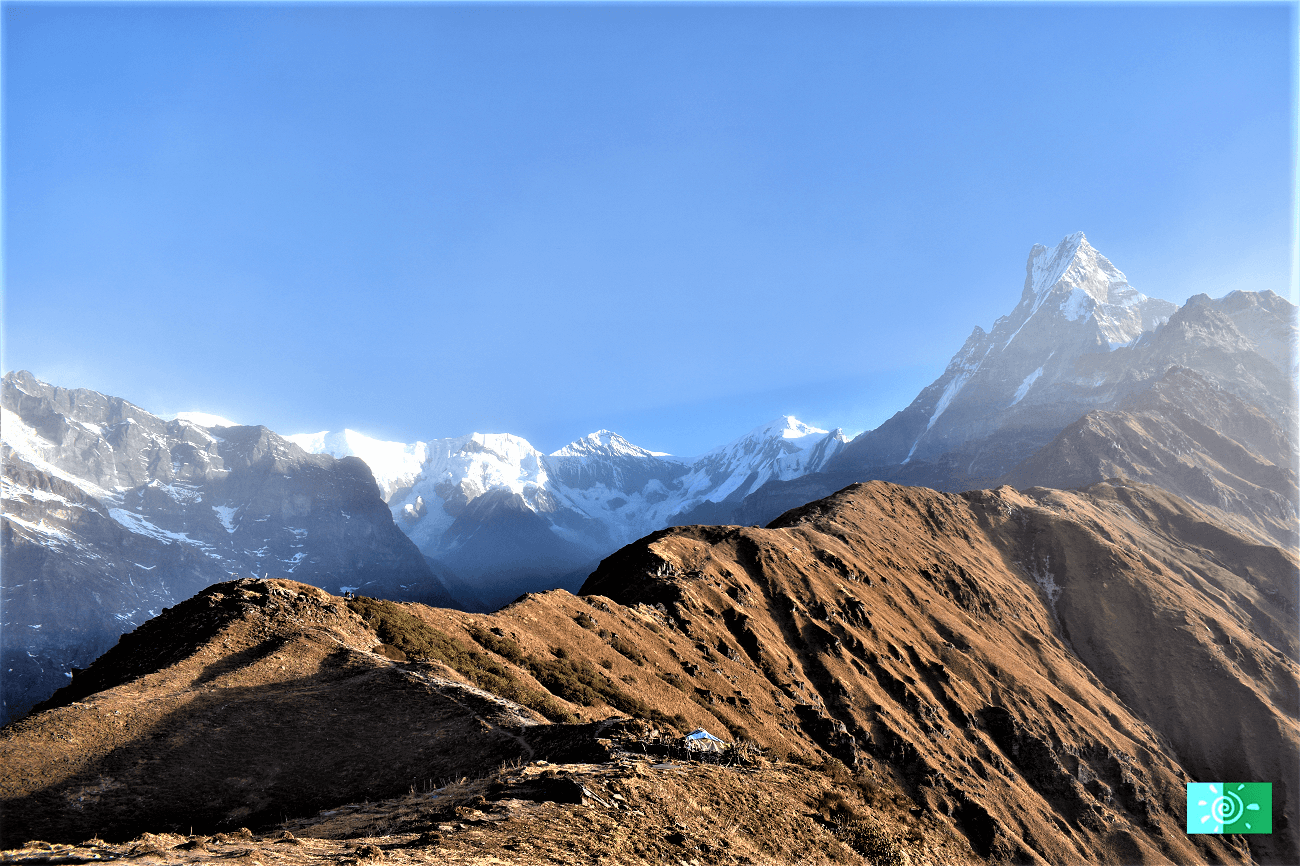
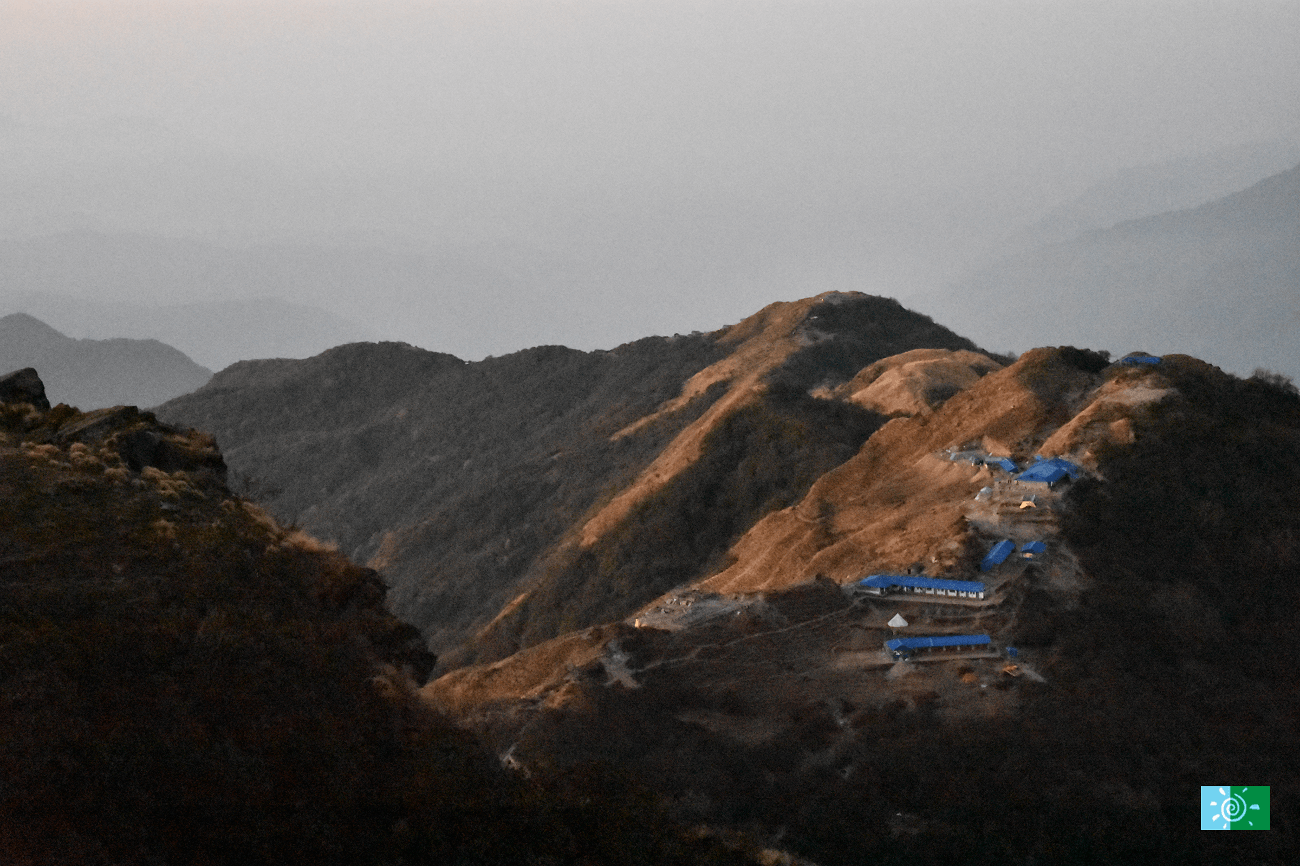
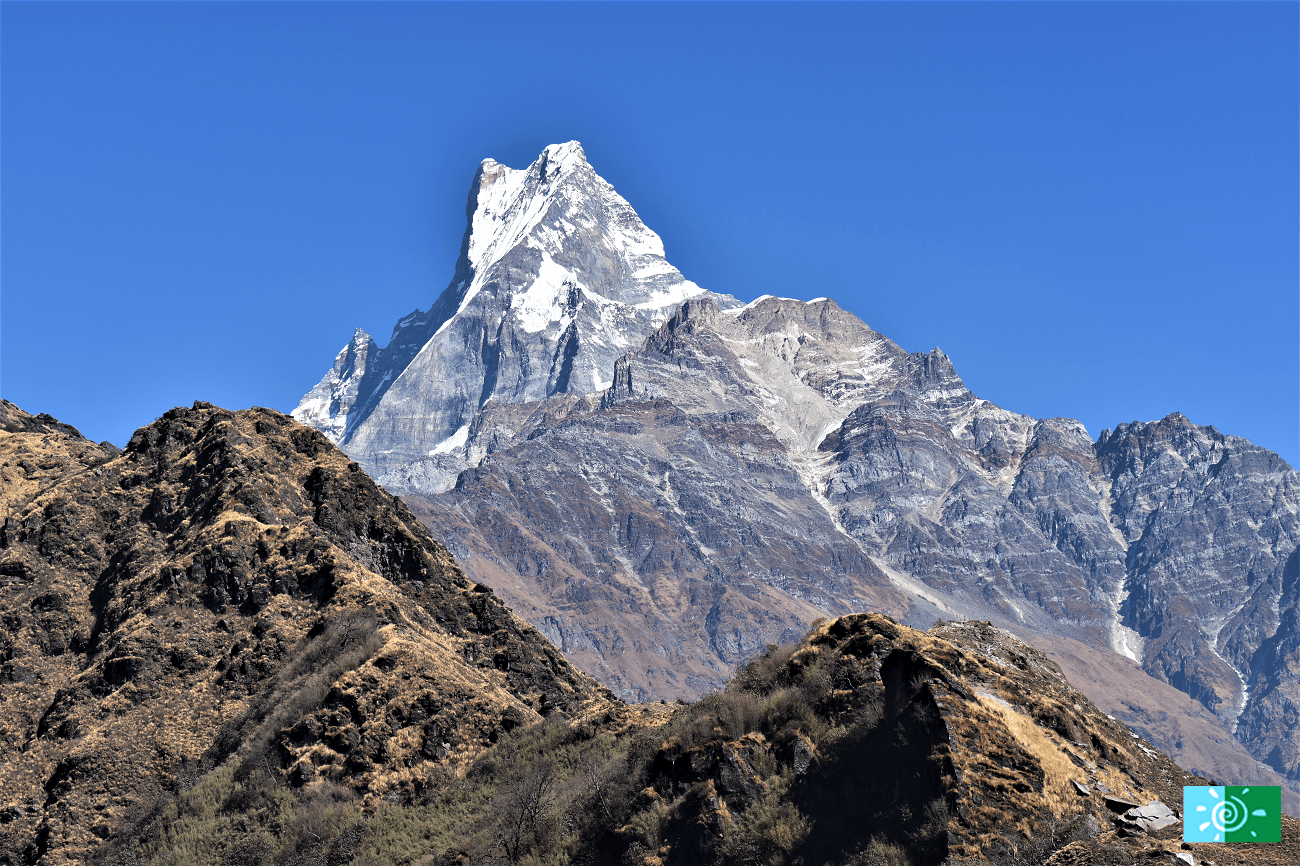
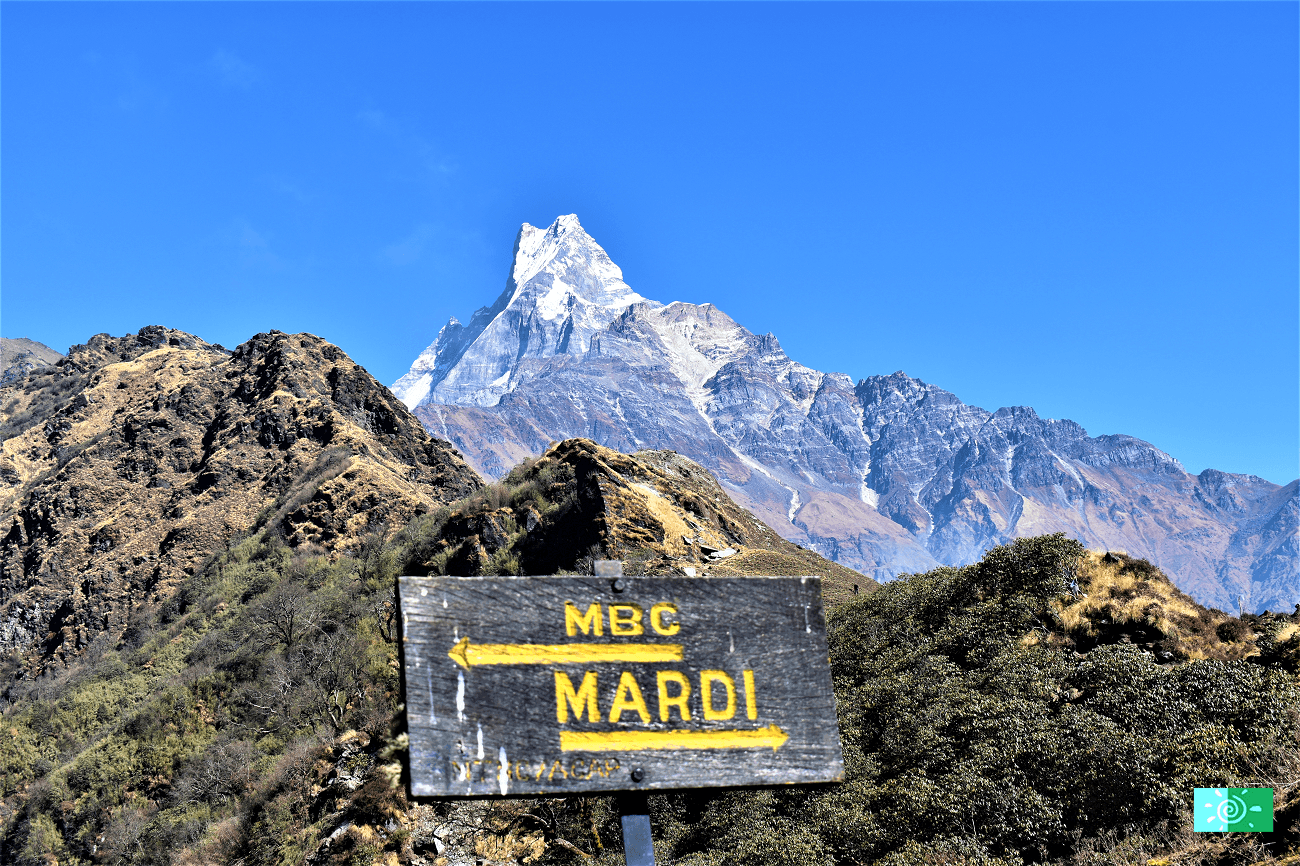
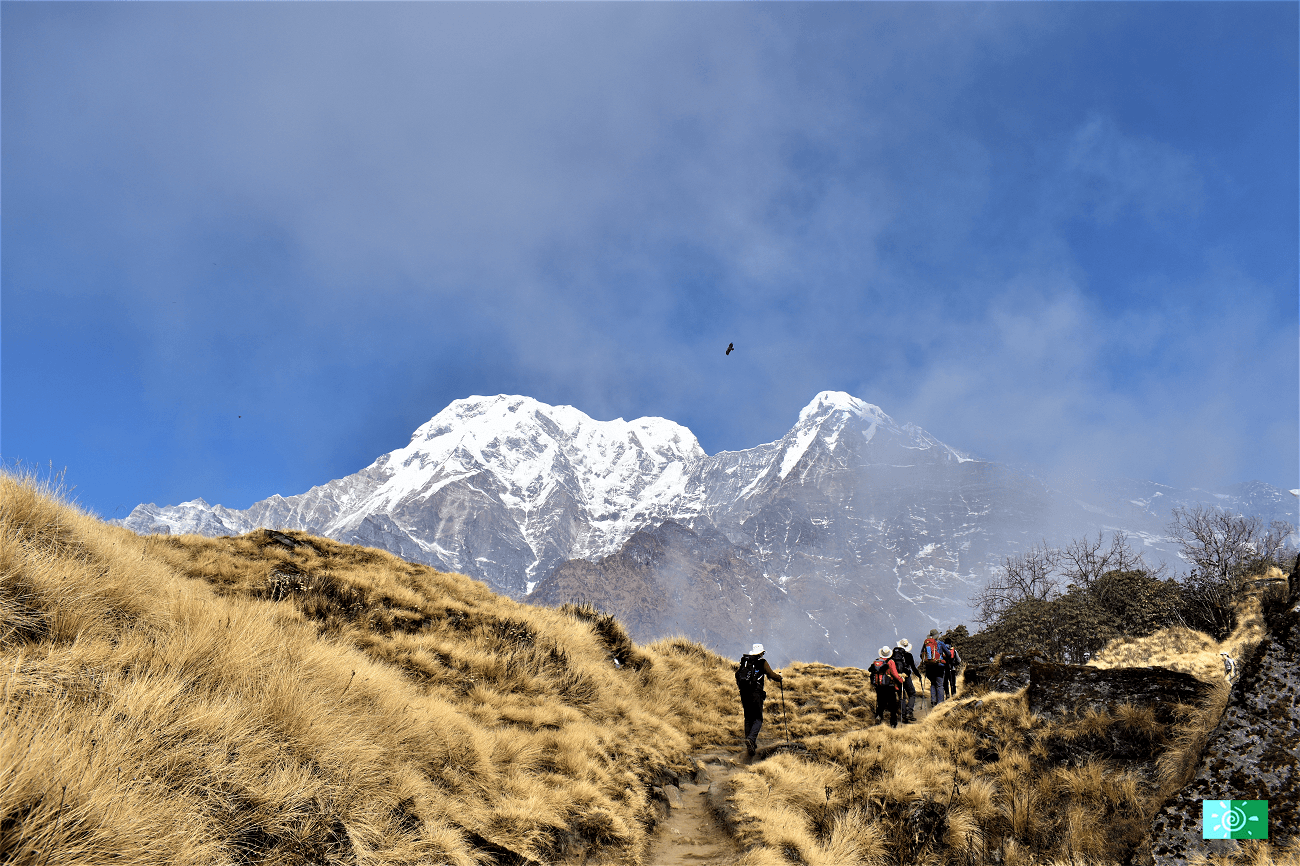
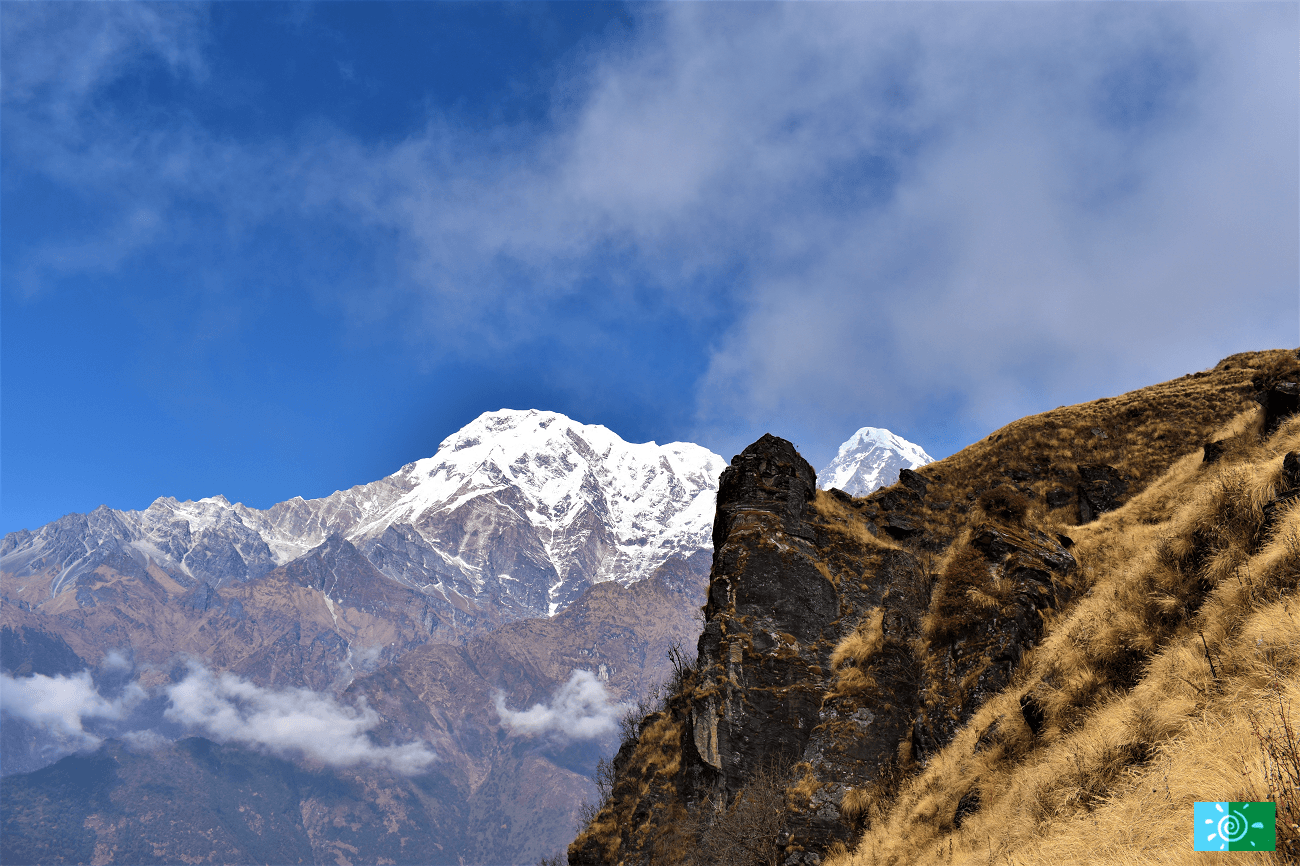
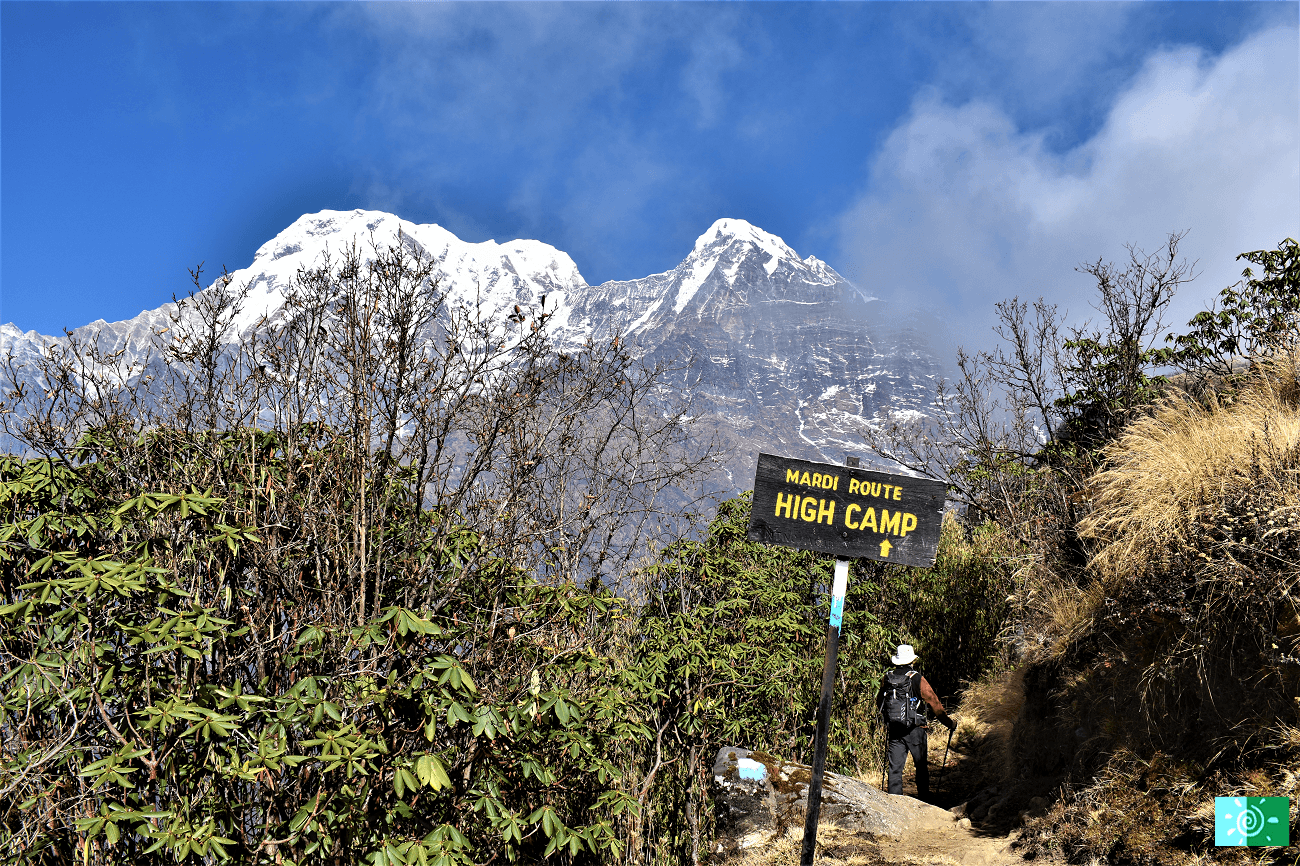
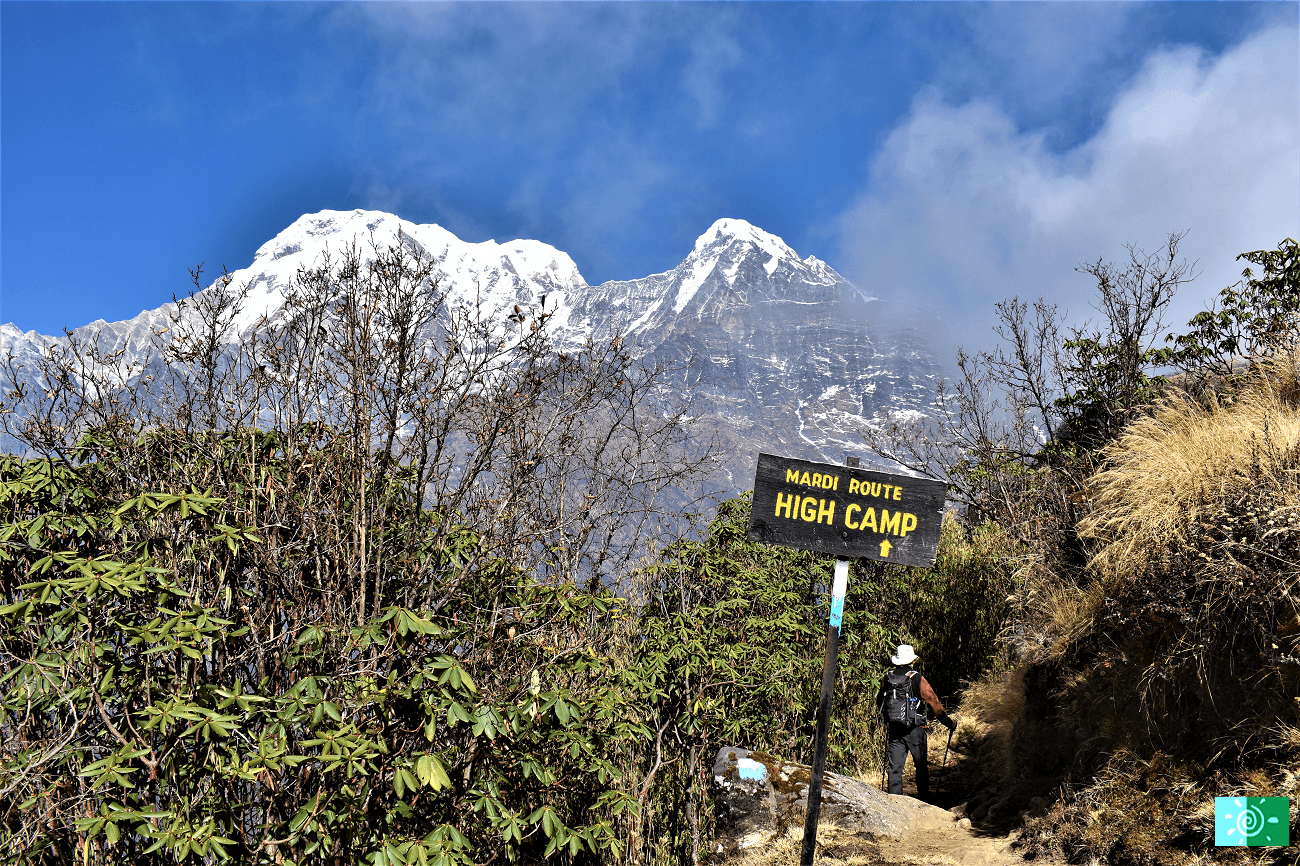
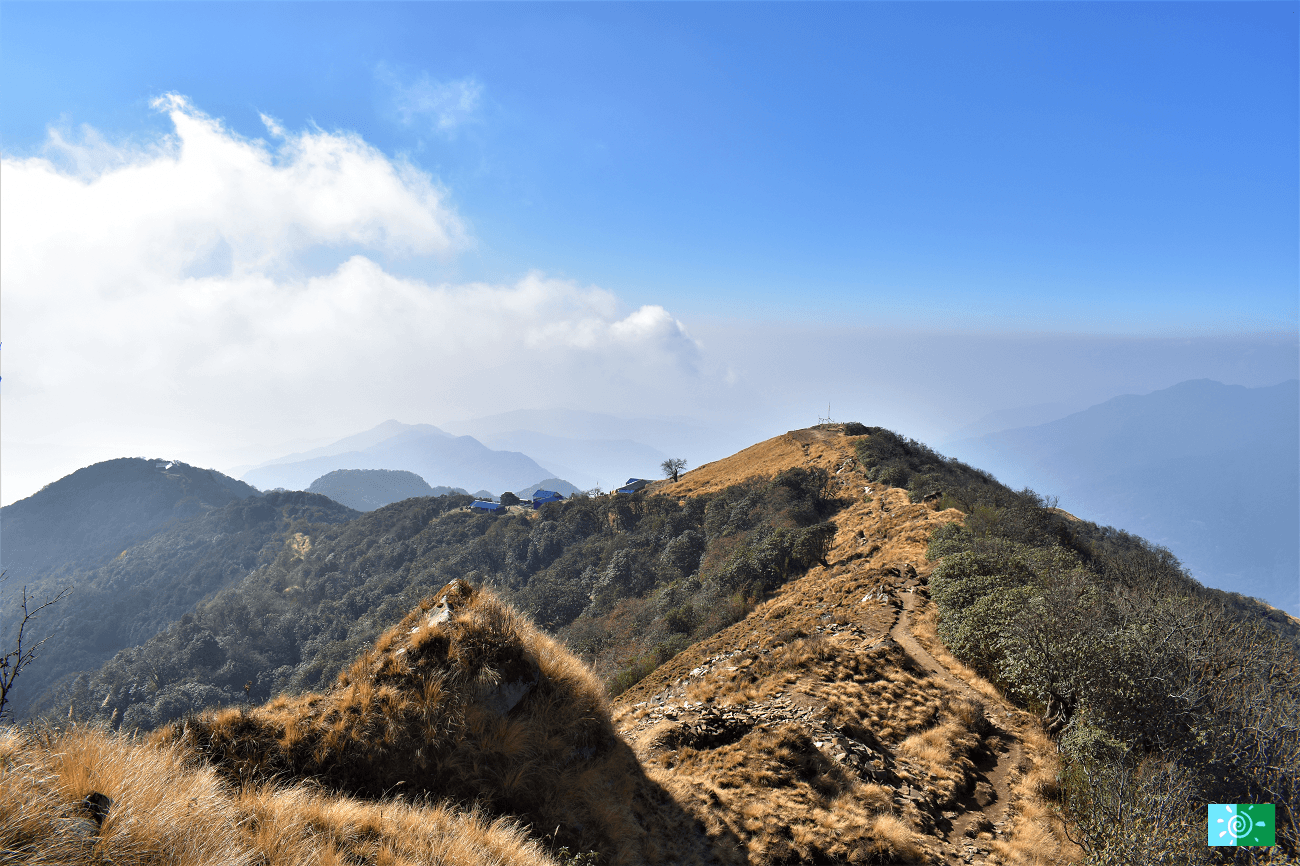
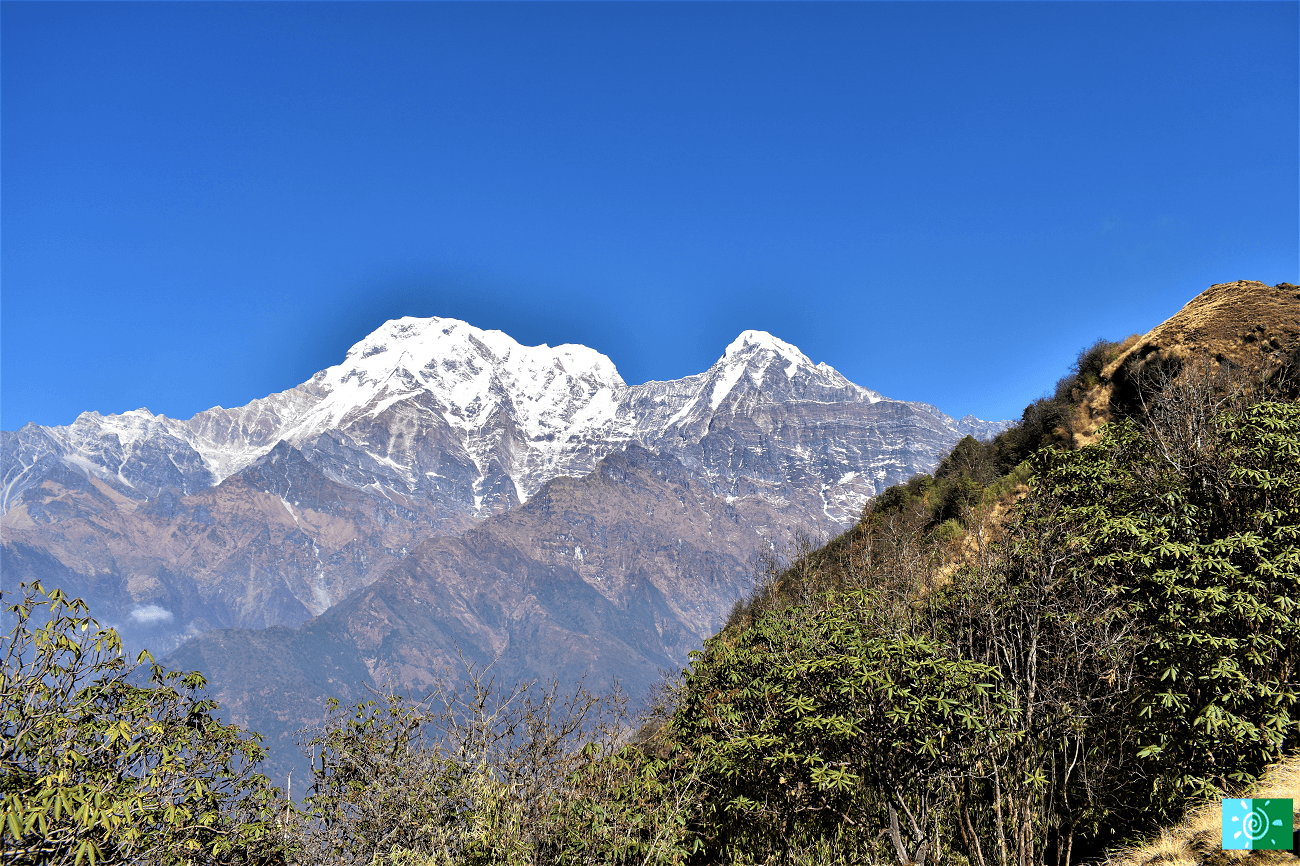
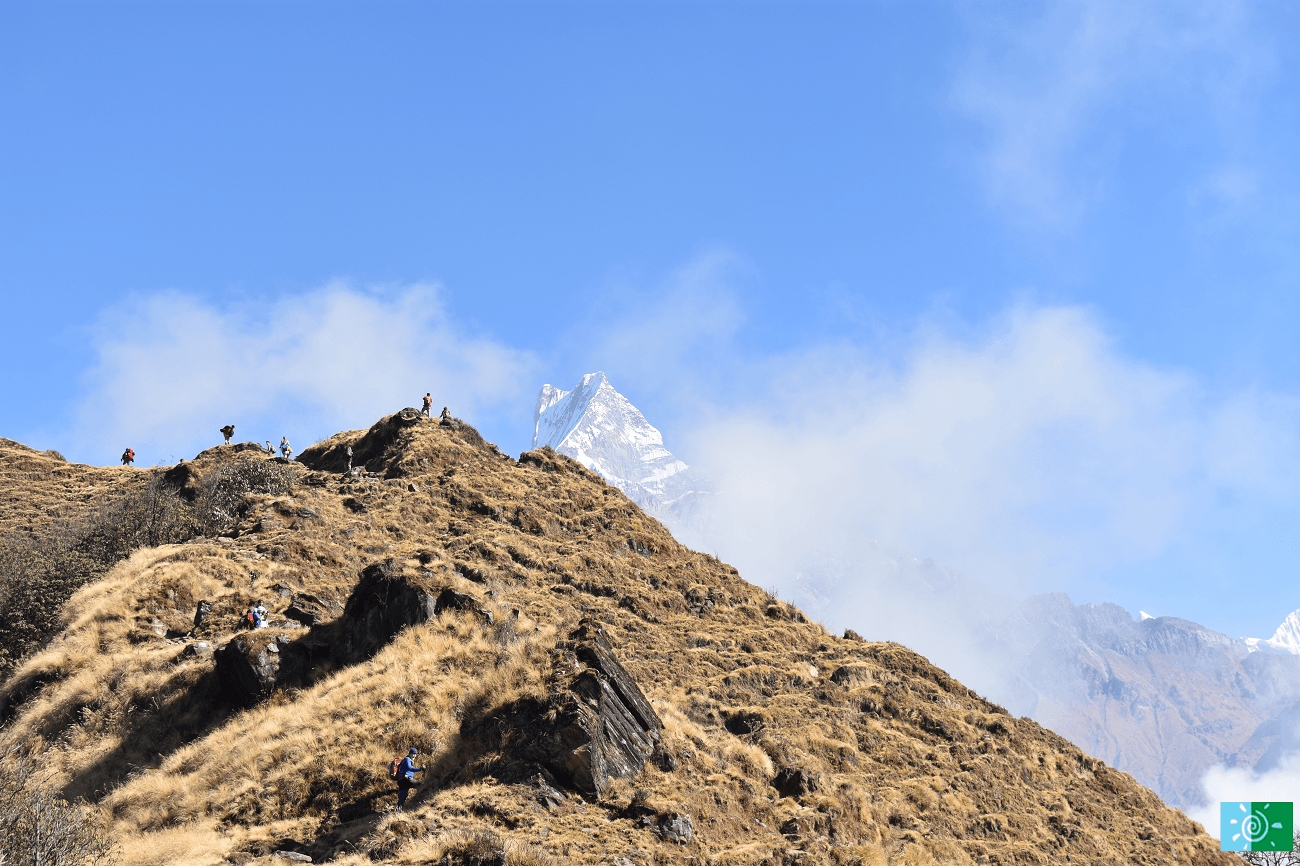
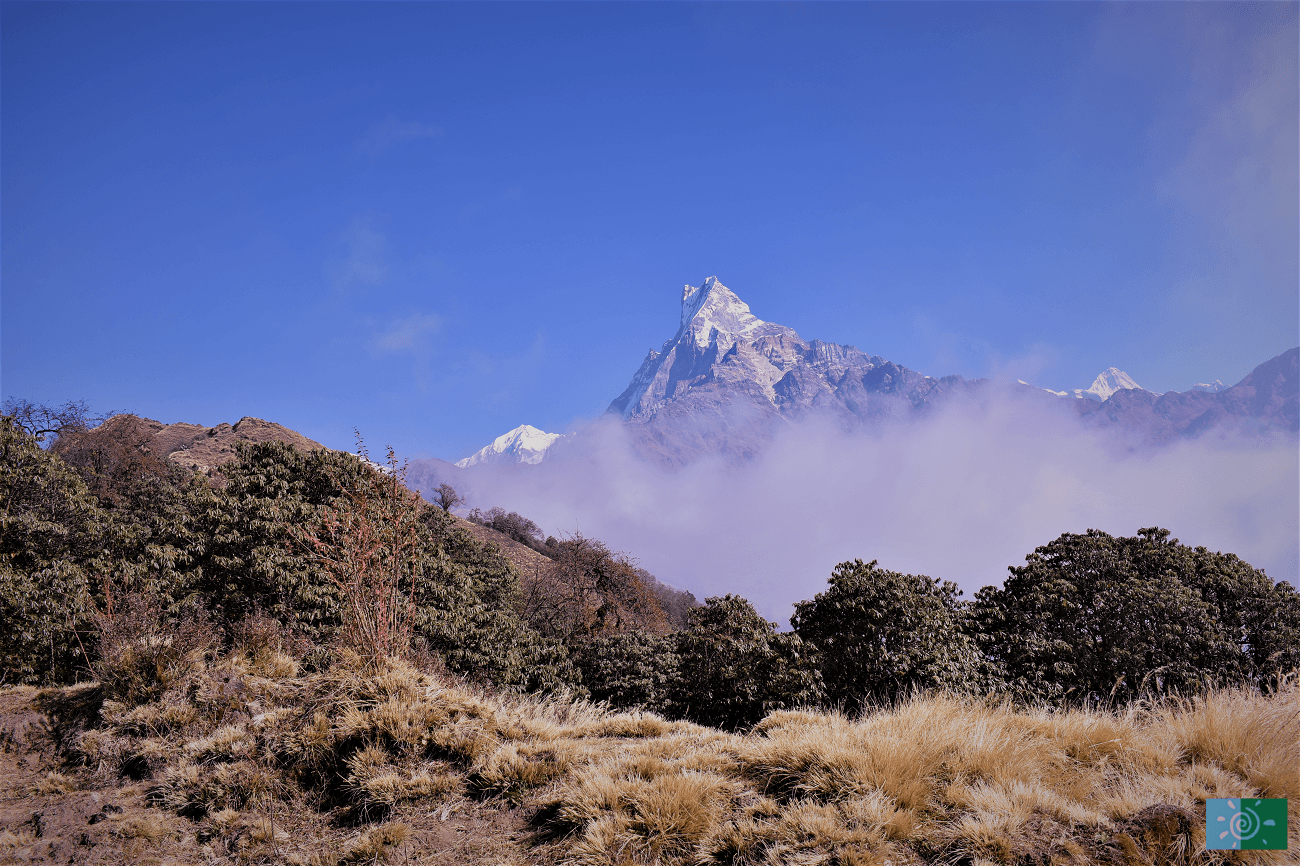
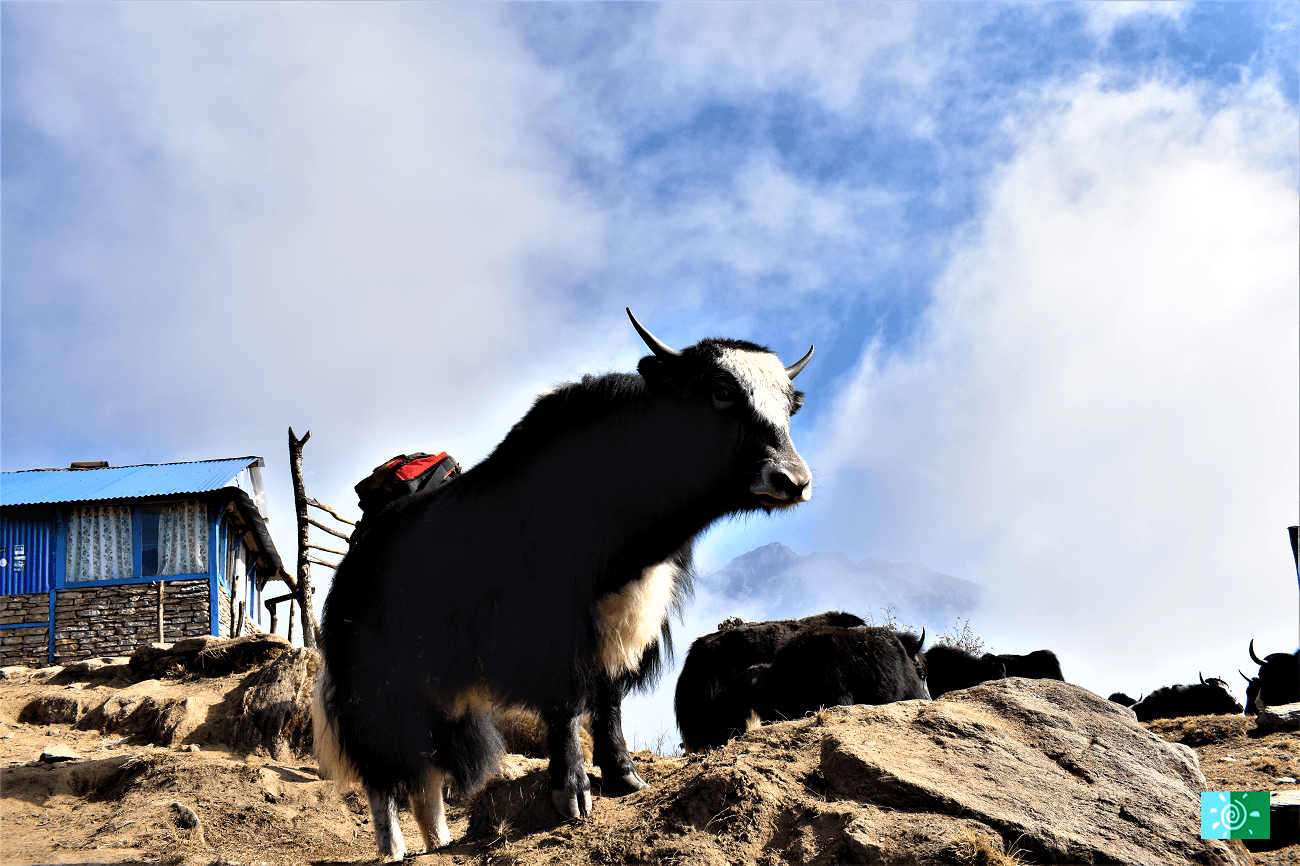
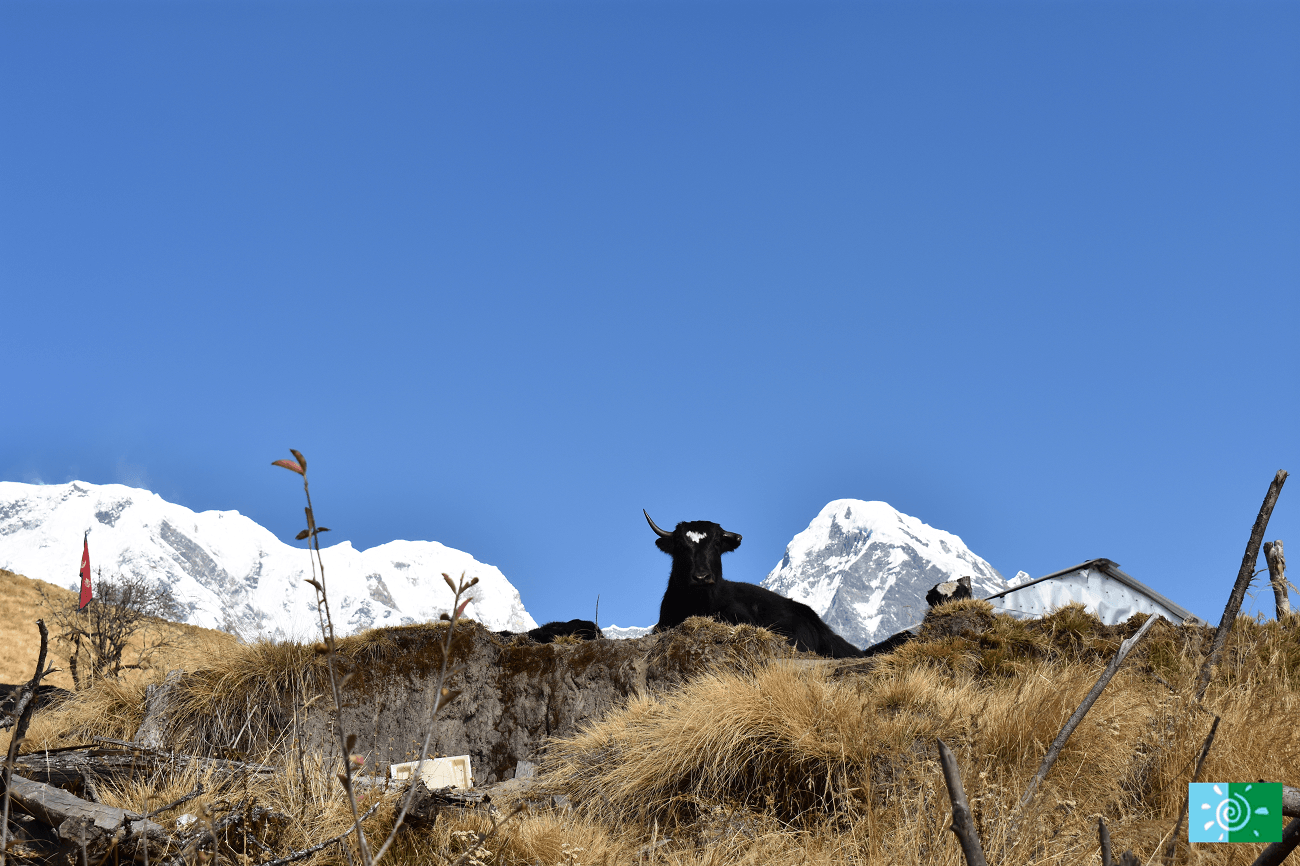
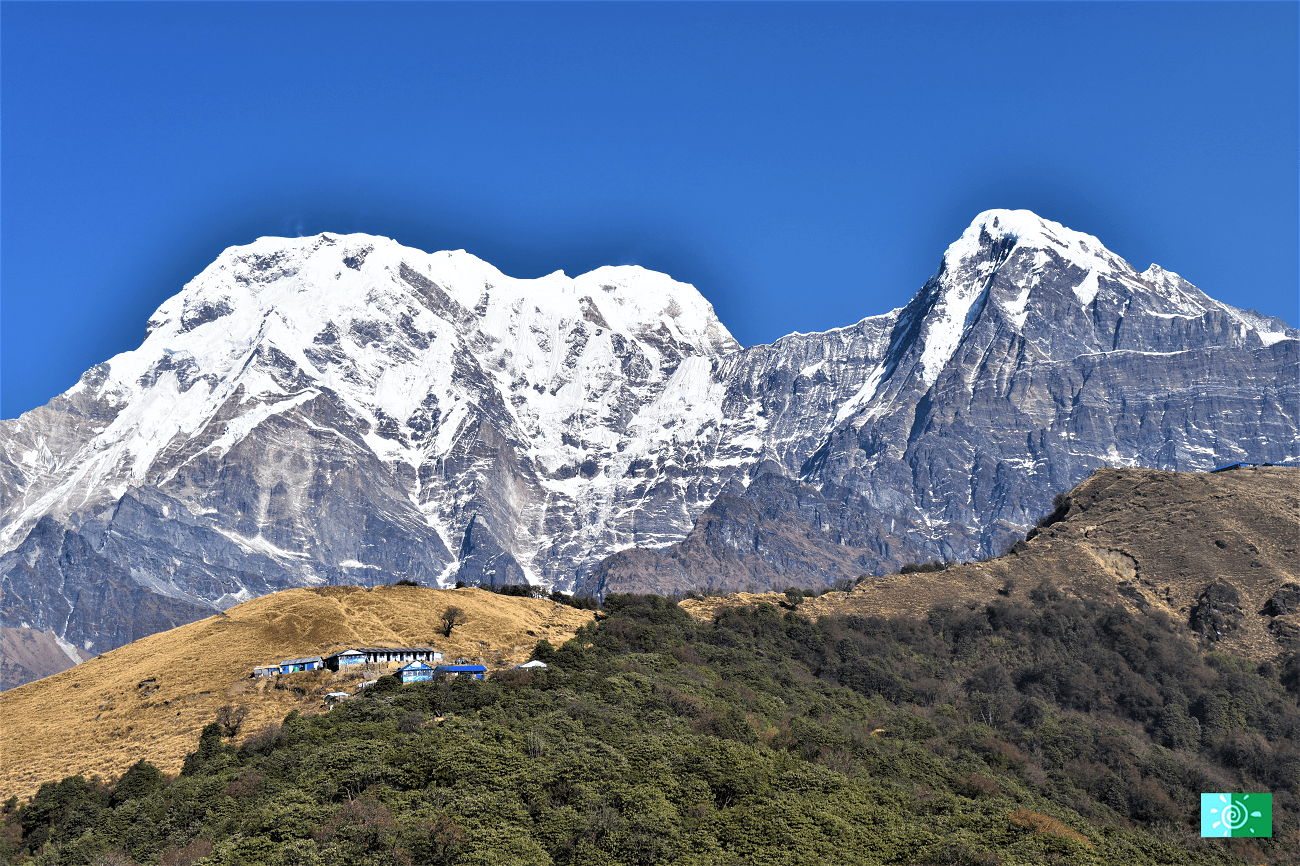
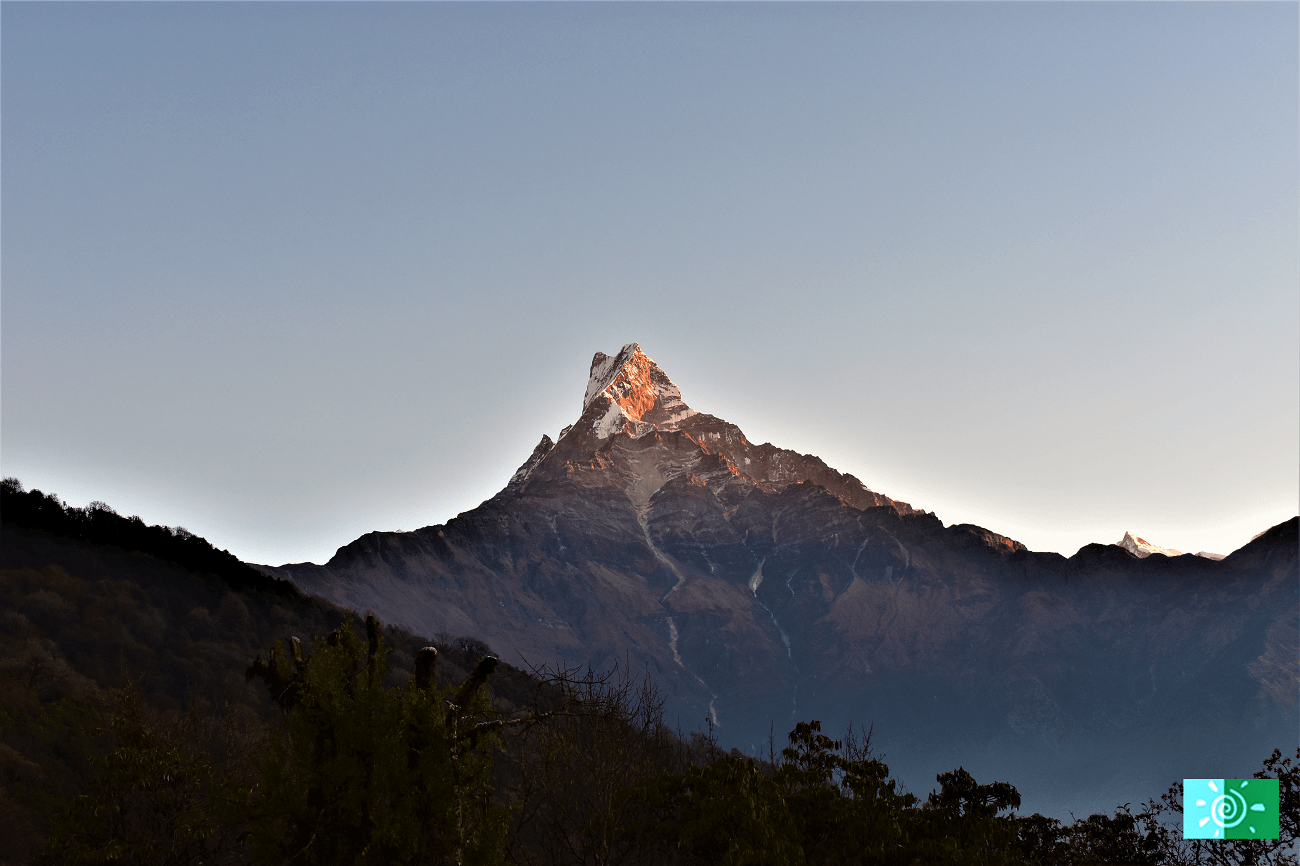
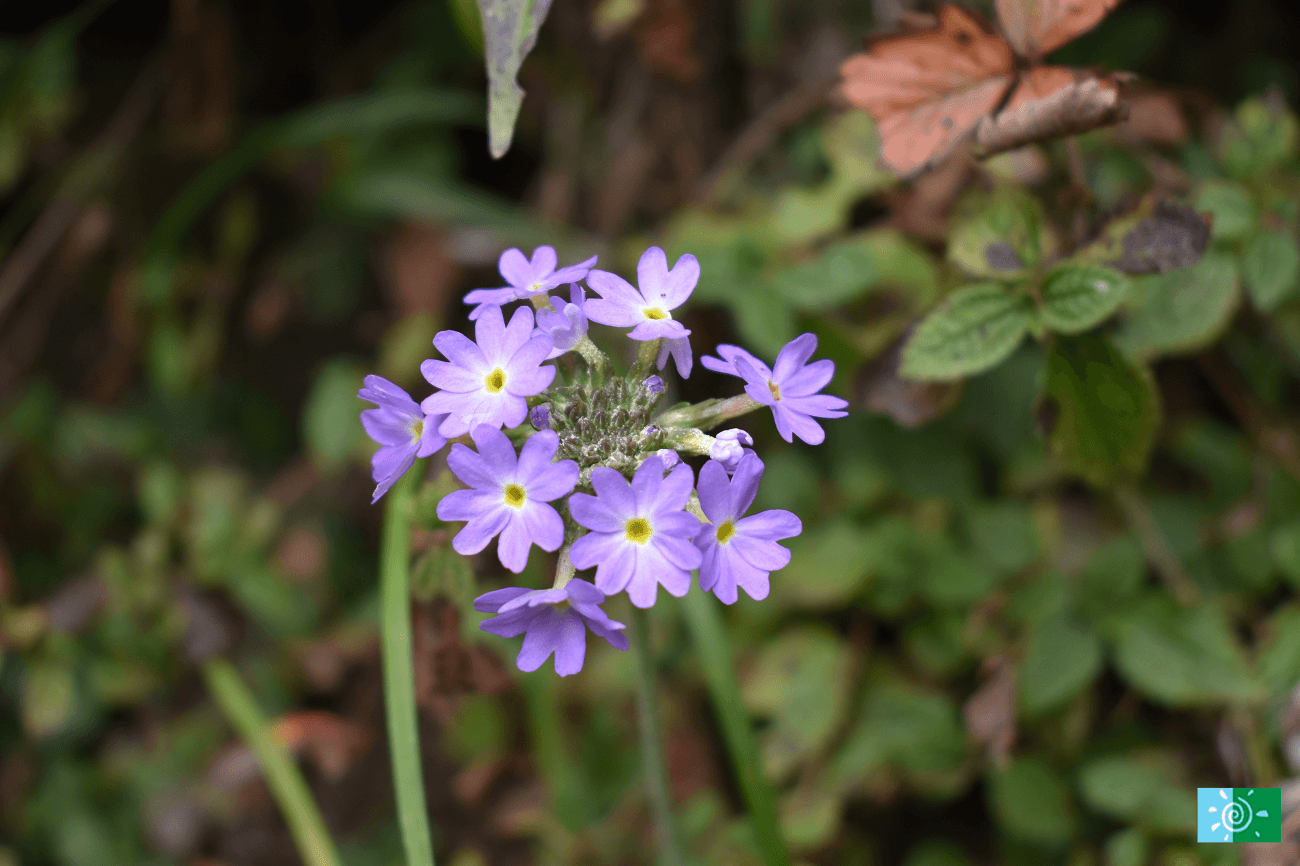
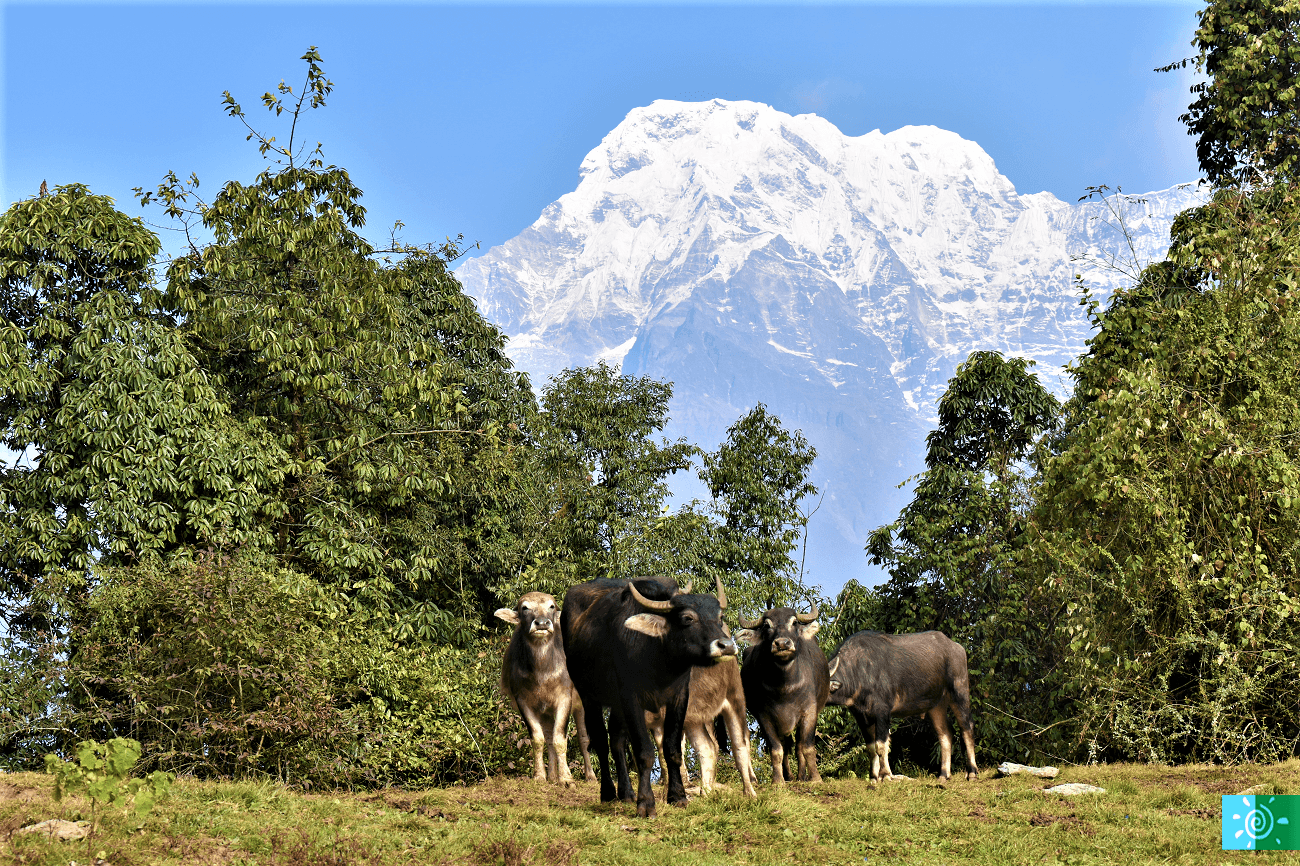
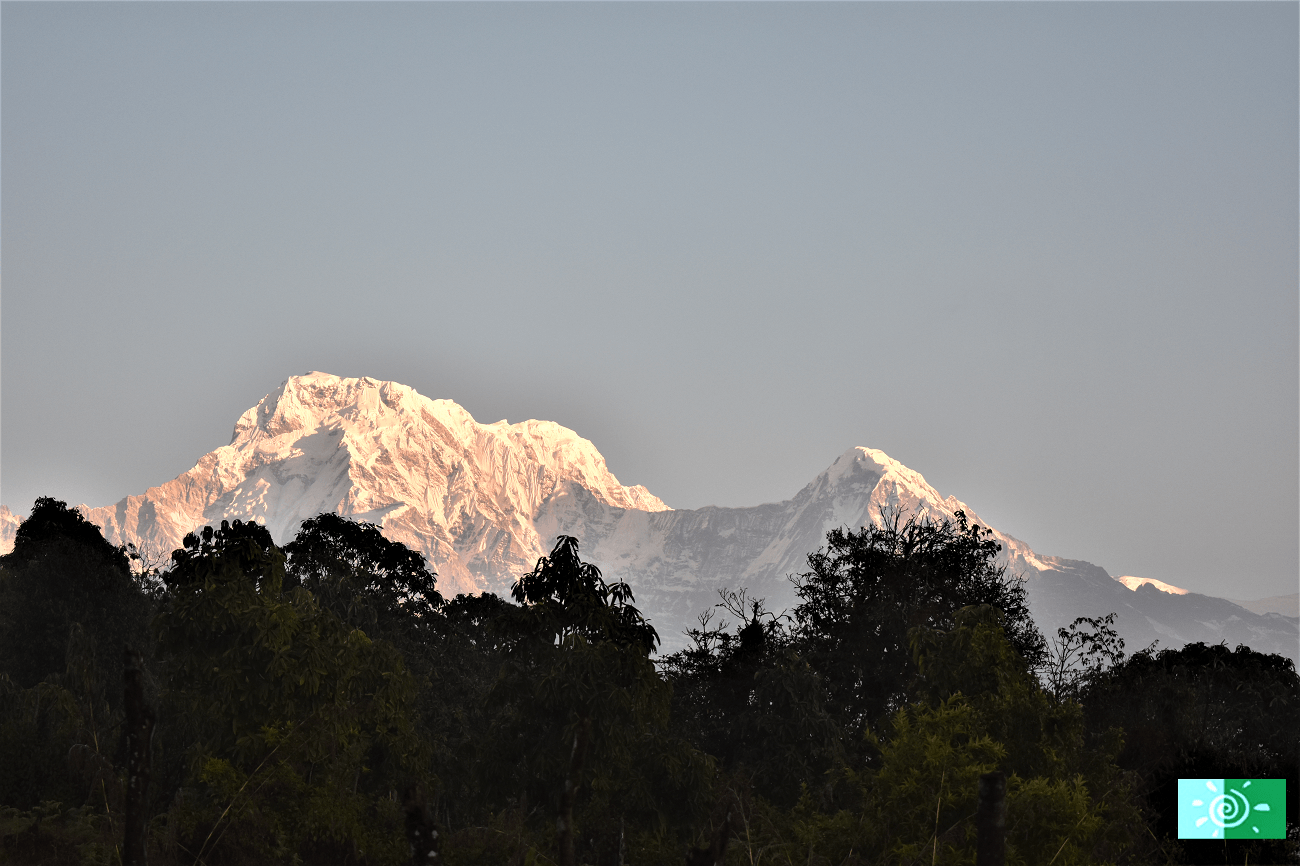
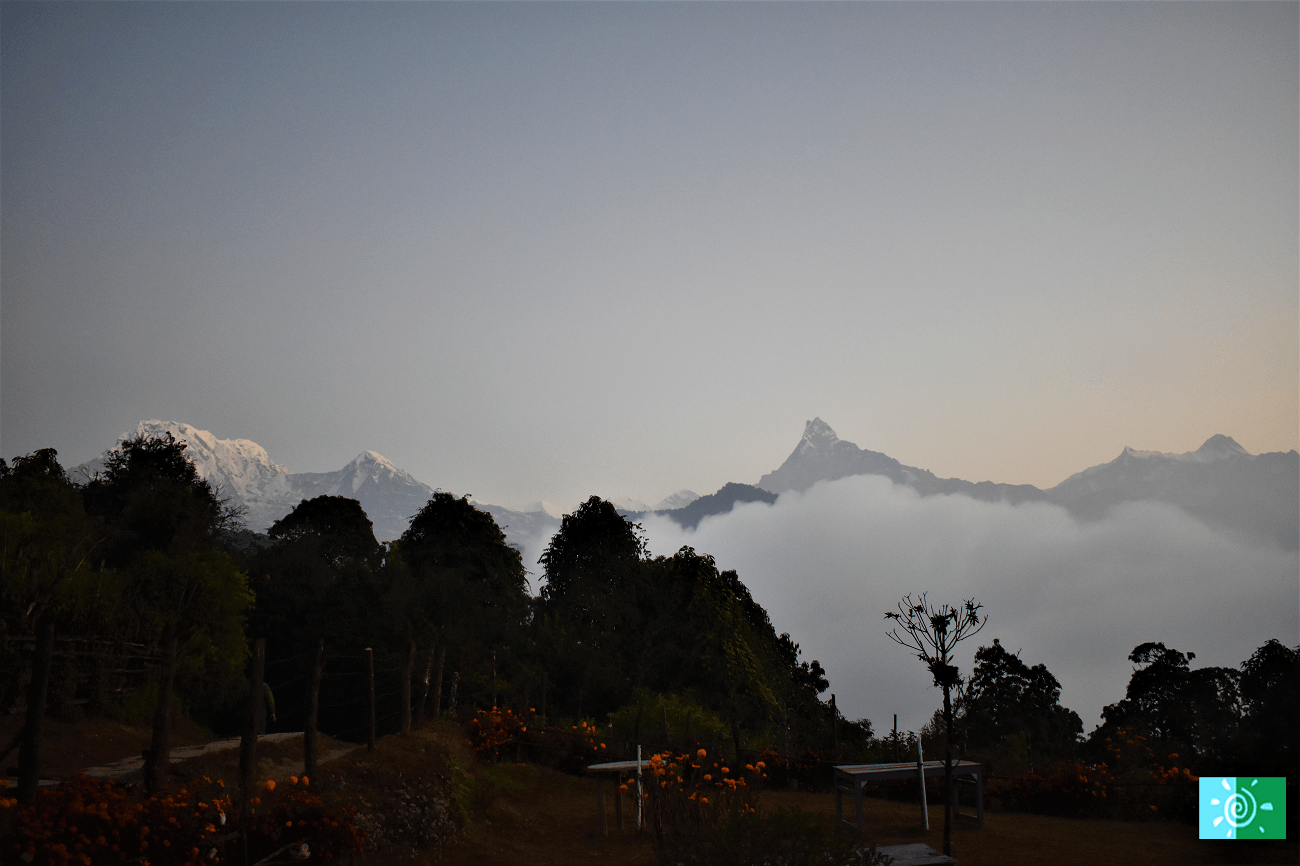
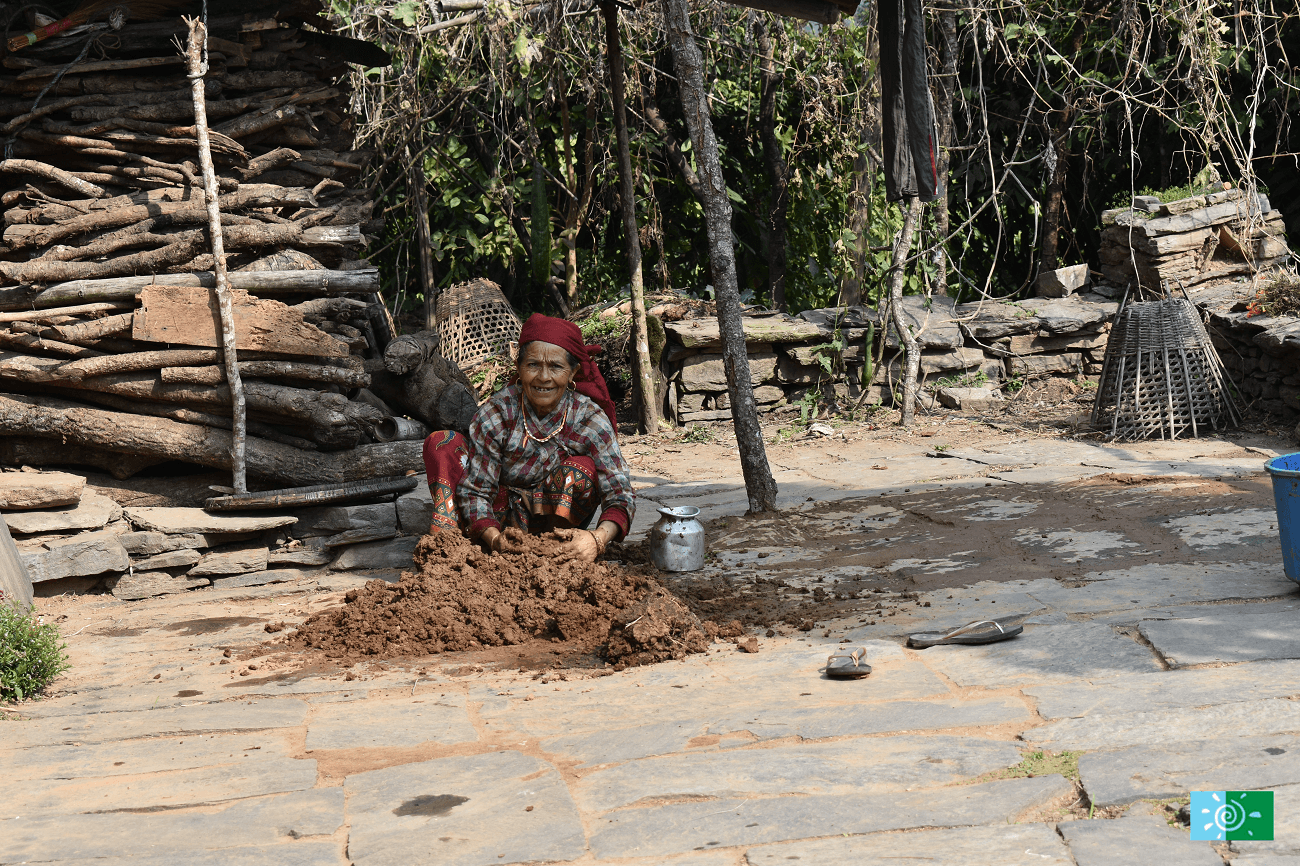
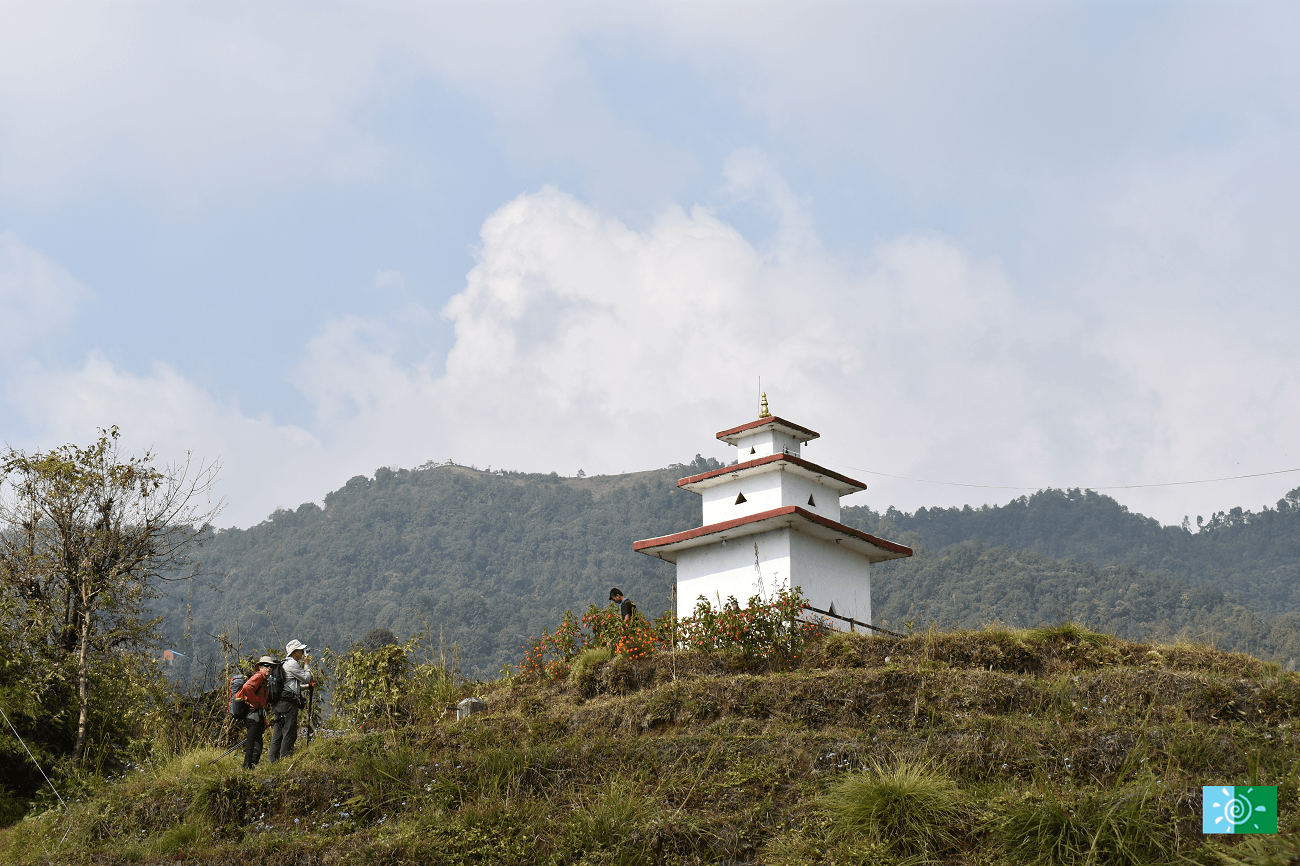
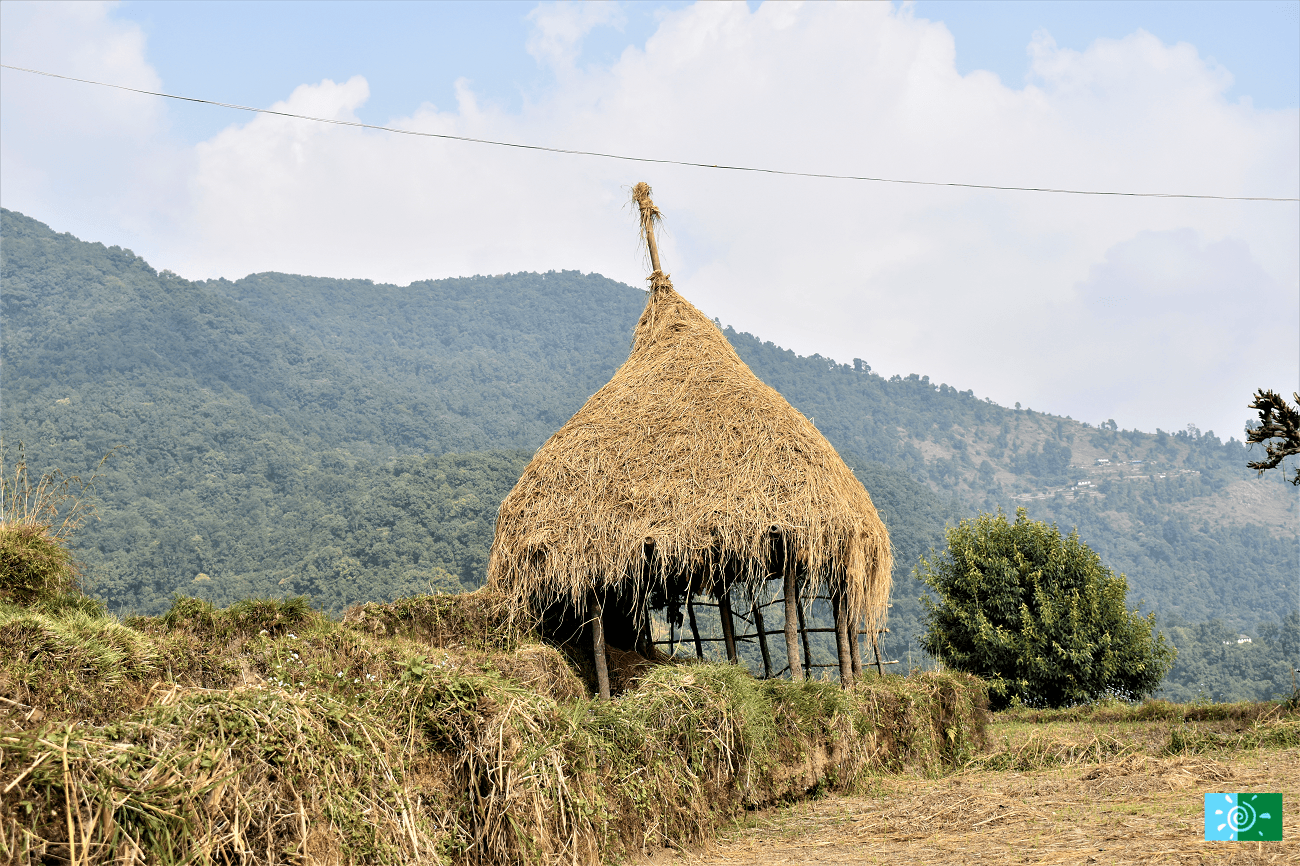
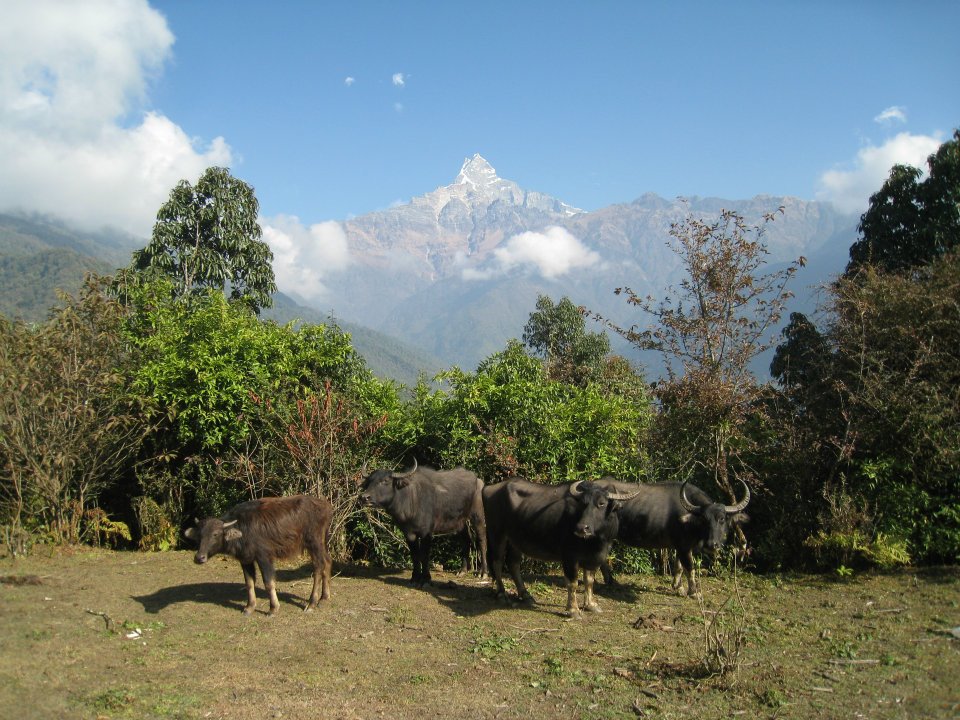
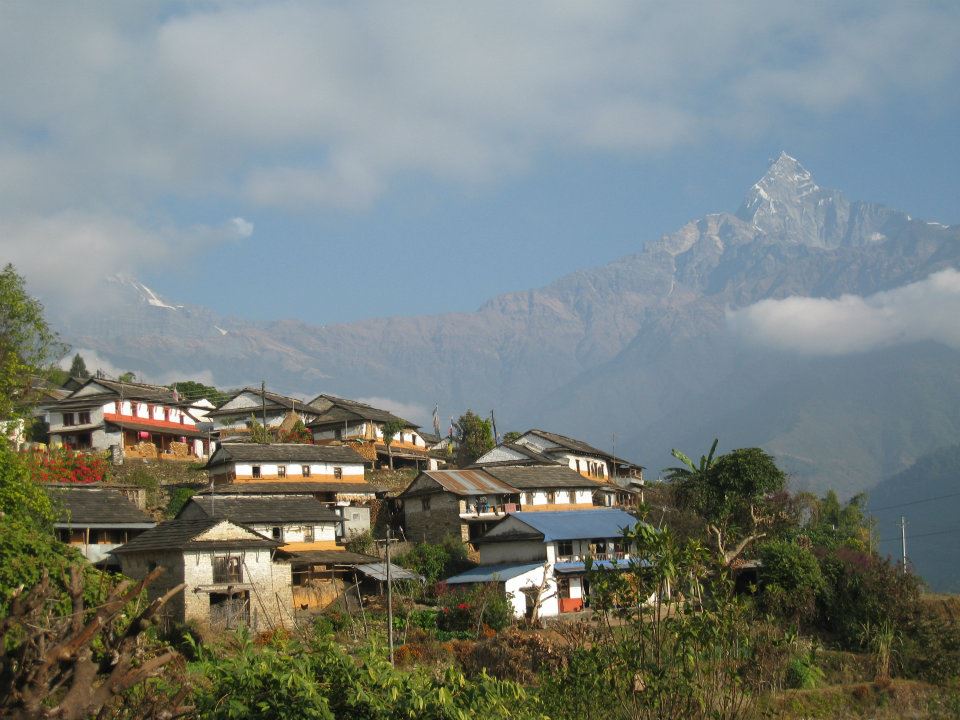
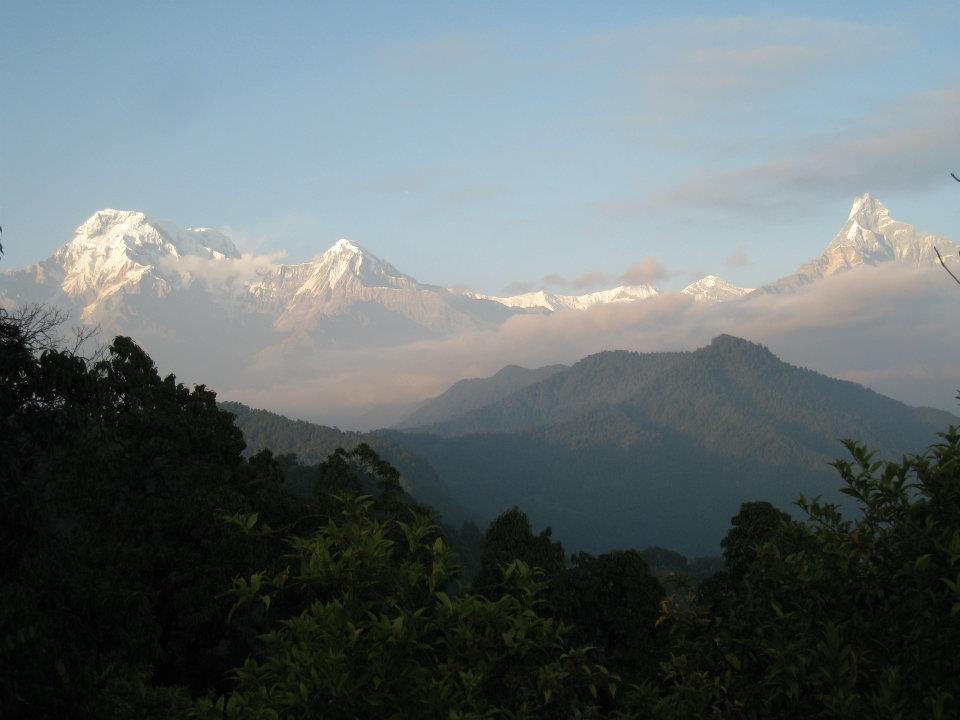
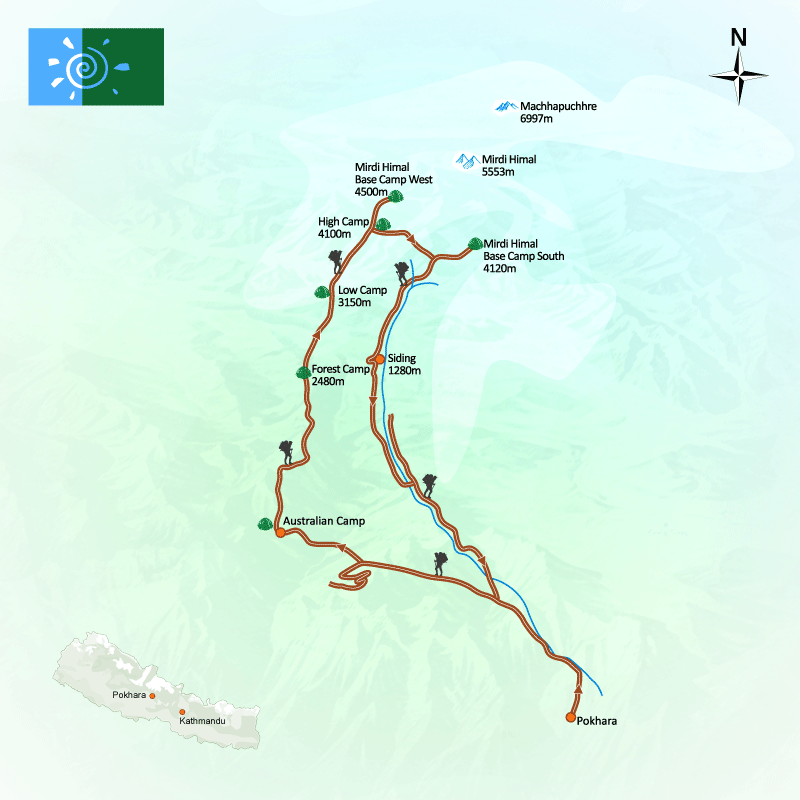
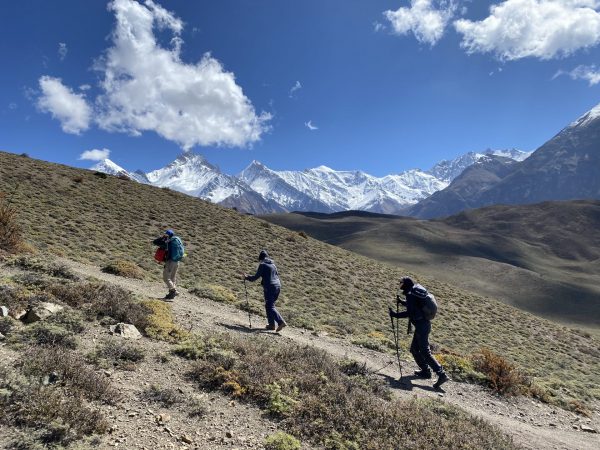
 Altitude:
3,710 m
Altitude:
3,710 m
 Difficulty:
Moderate
Difficulty:
Moderate
